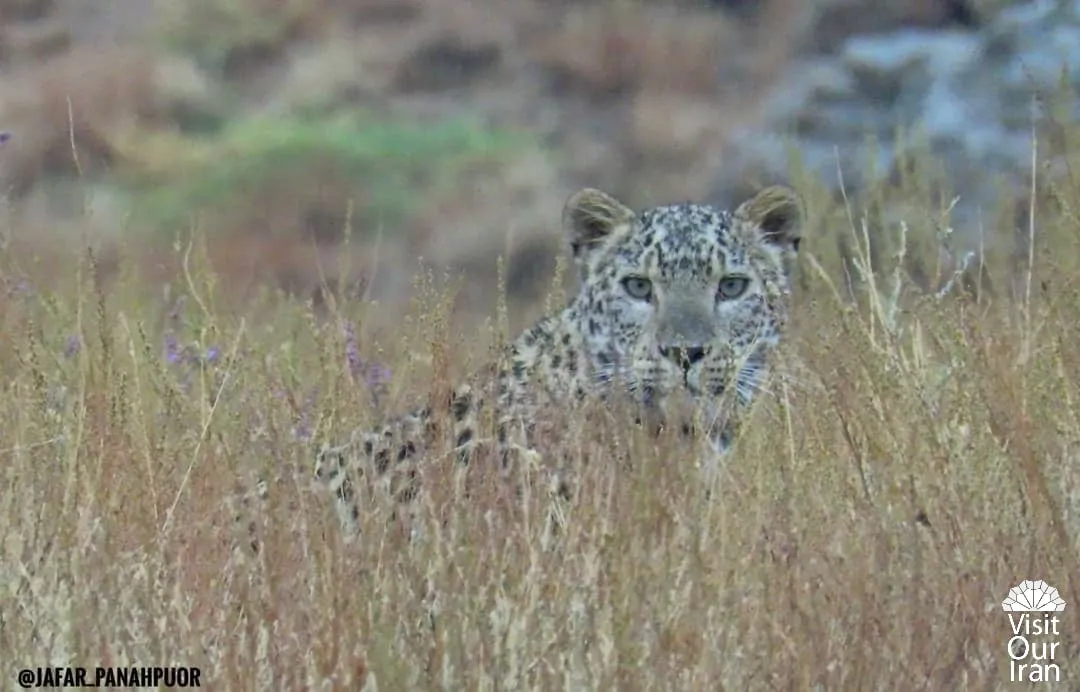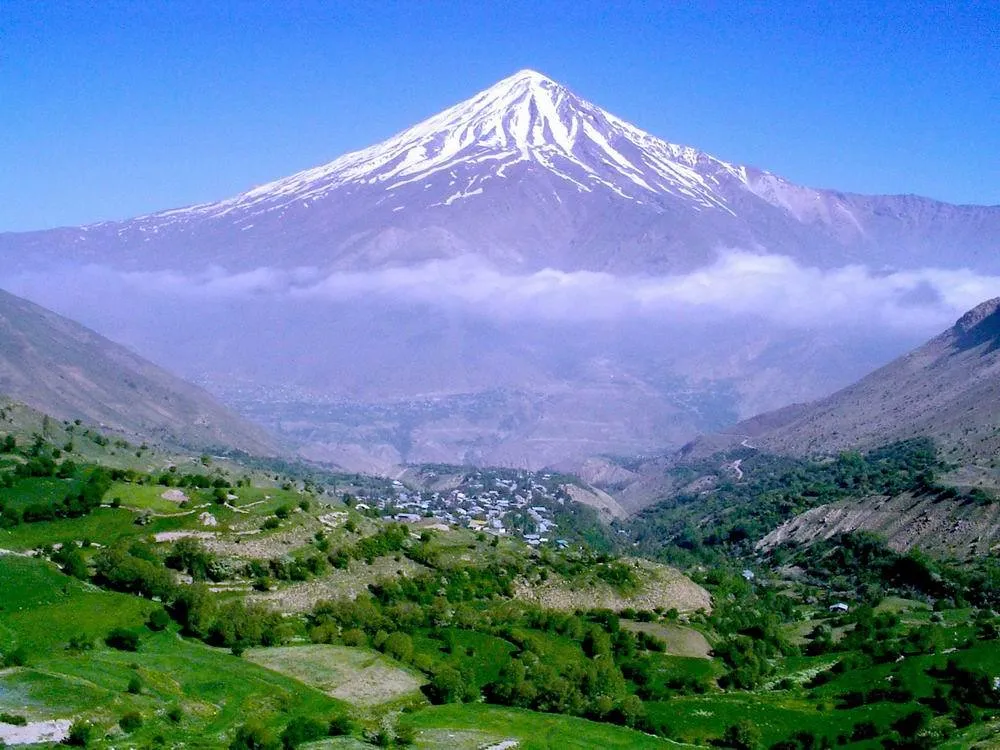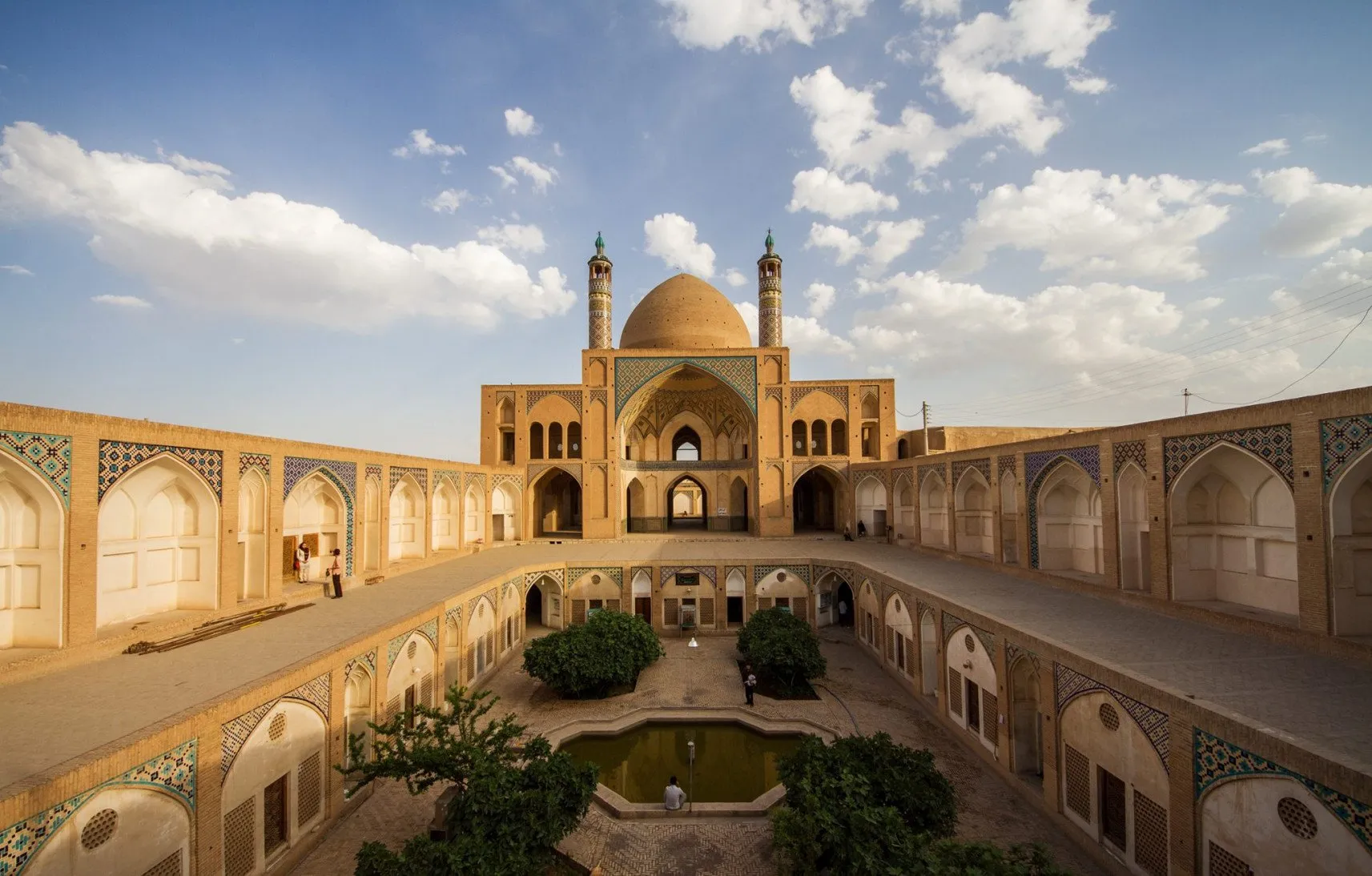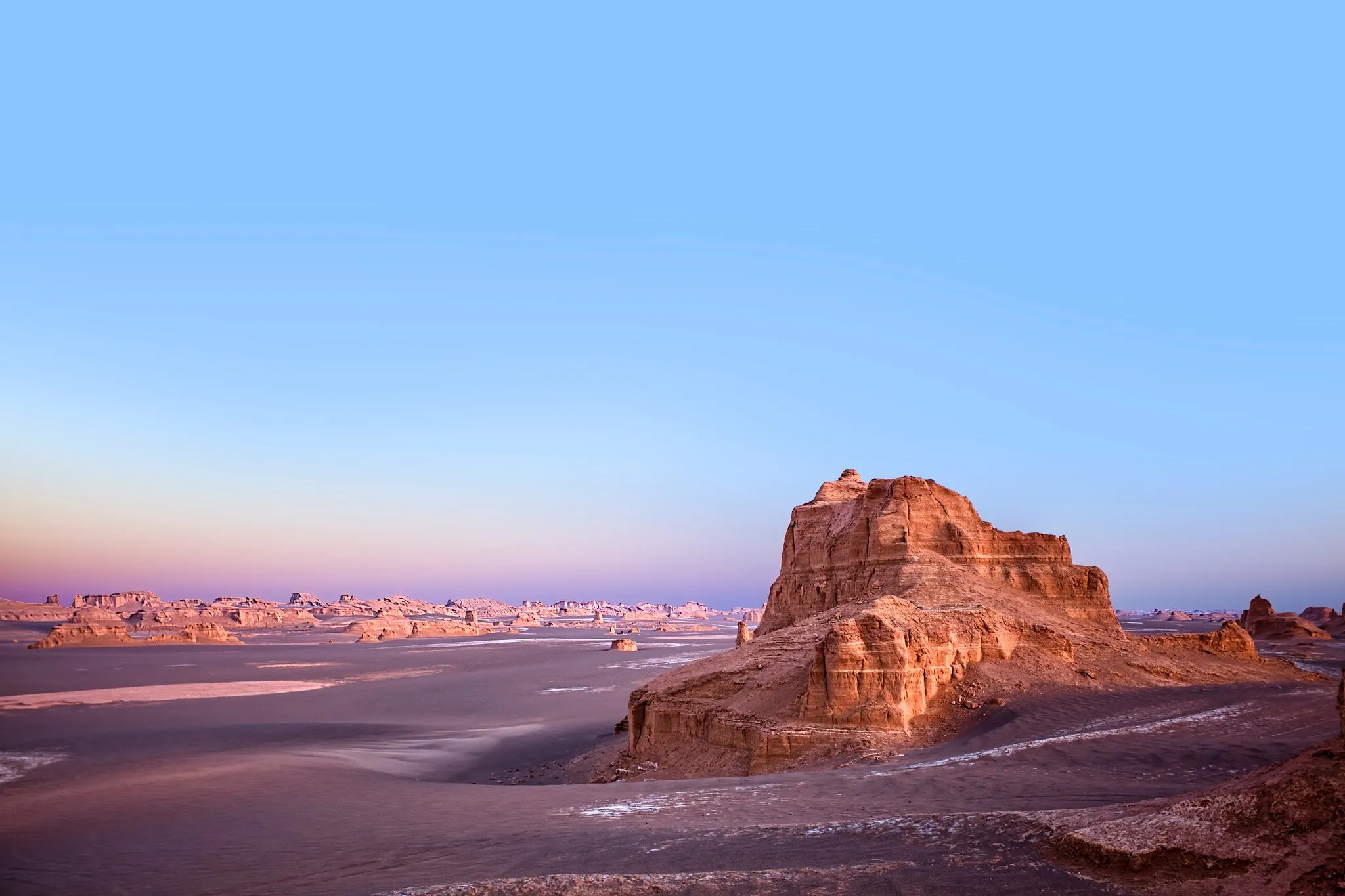We explored and observed the most beautiful sceneries and stunning species living in two main wild frontiers of Iran, Golestan National Park and Tandoureh National Park in the first part of this article. Now, I’d like to continue this journey with you and show you the most magical varieties of flora and fauna in those fields of Iran you might never think of. In this article, we are going to discover the mysteries in Turan and Kavir National Parks.
Turan National Park, the Little Africa of Iran
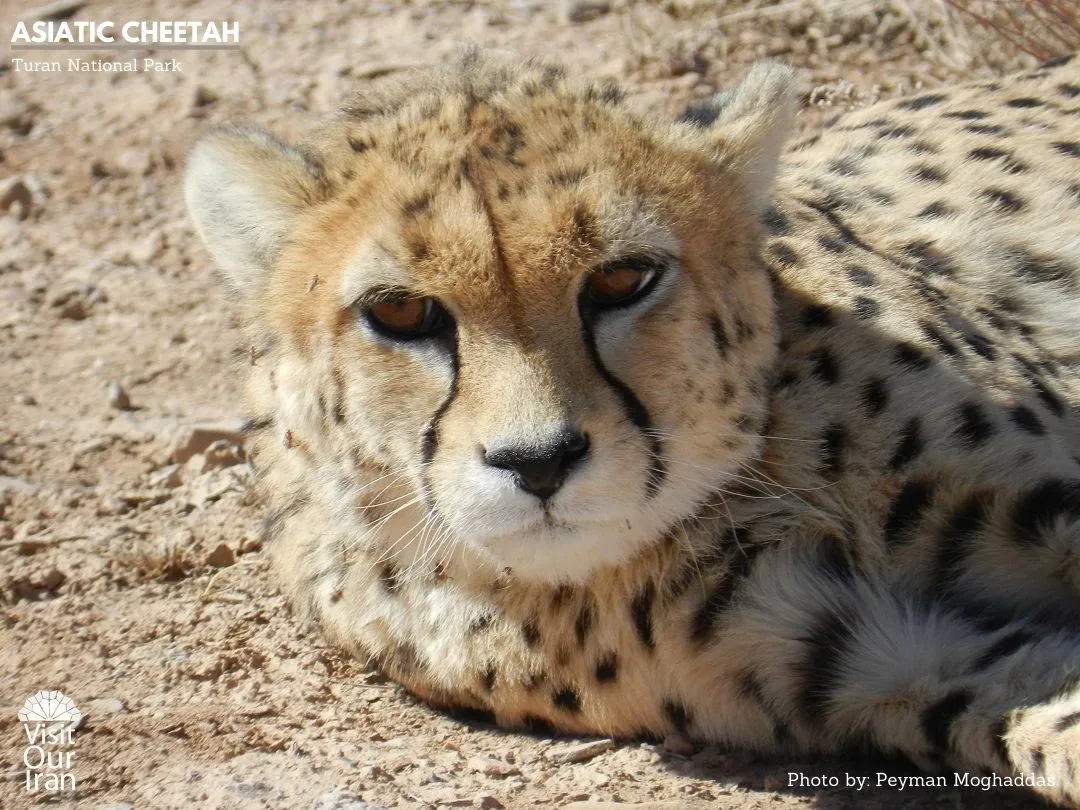
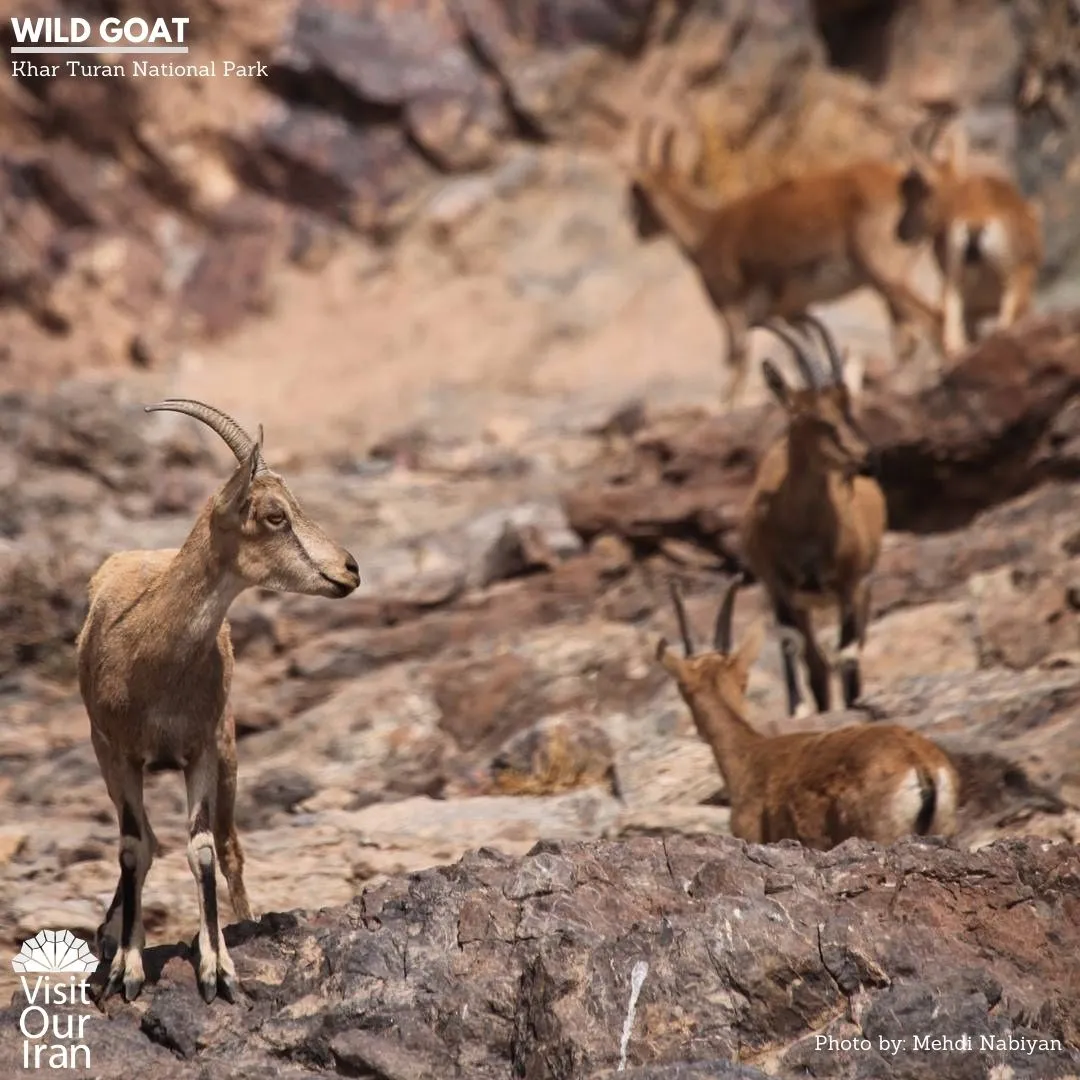
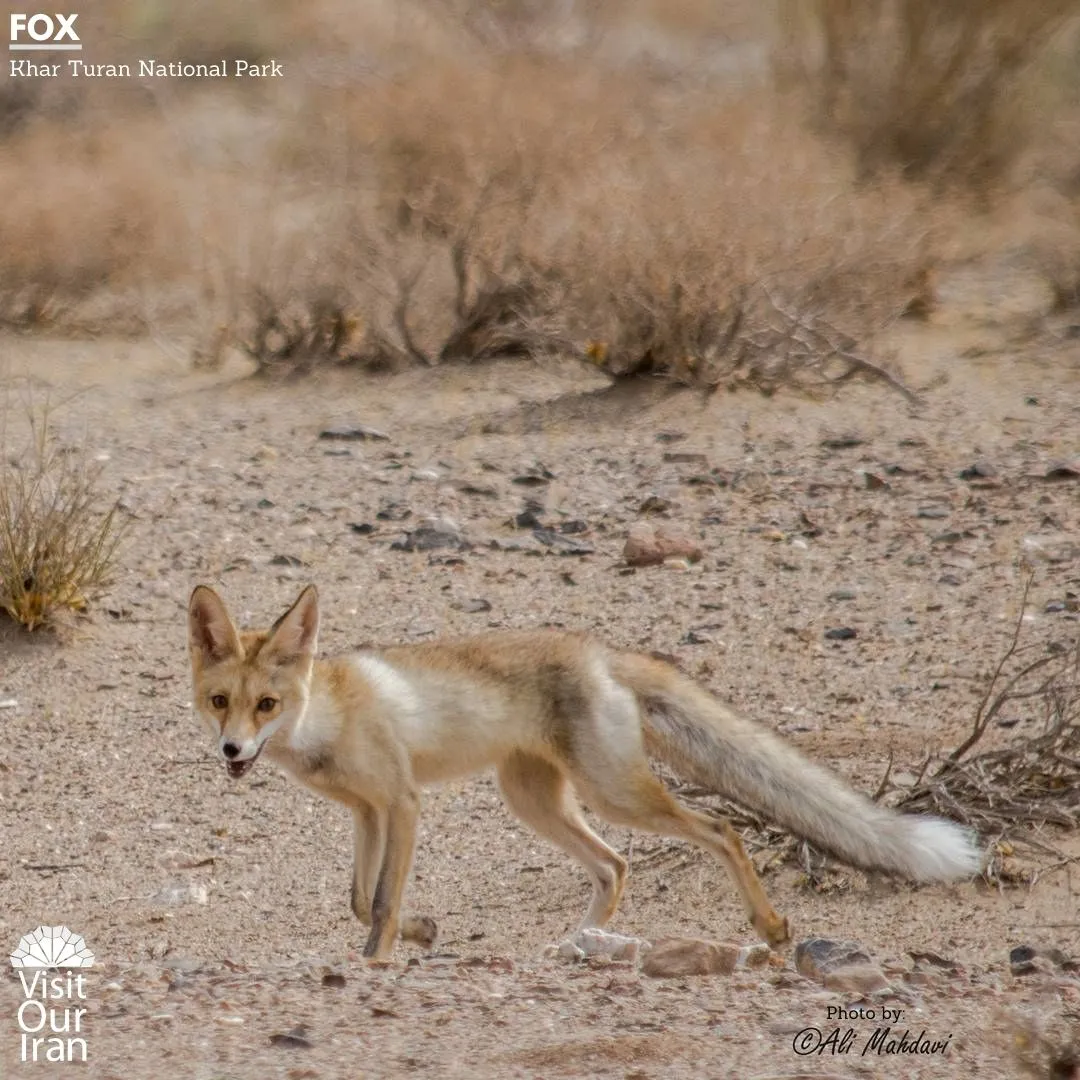
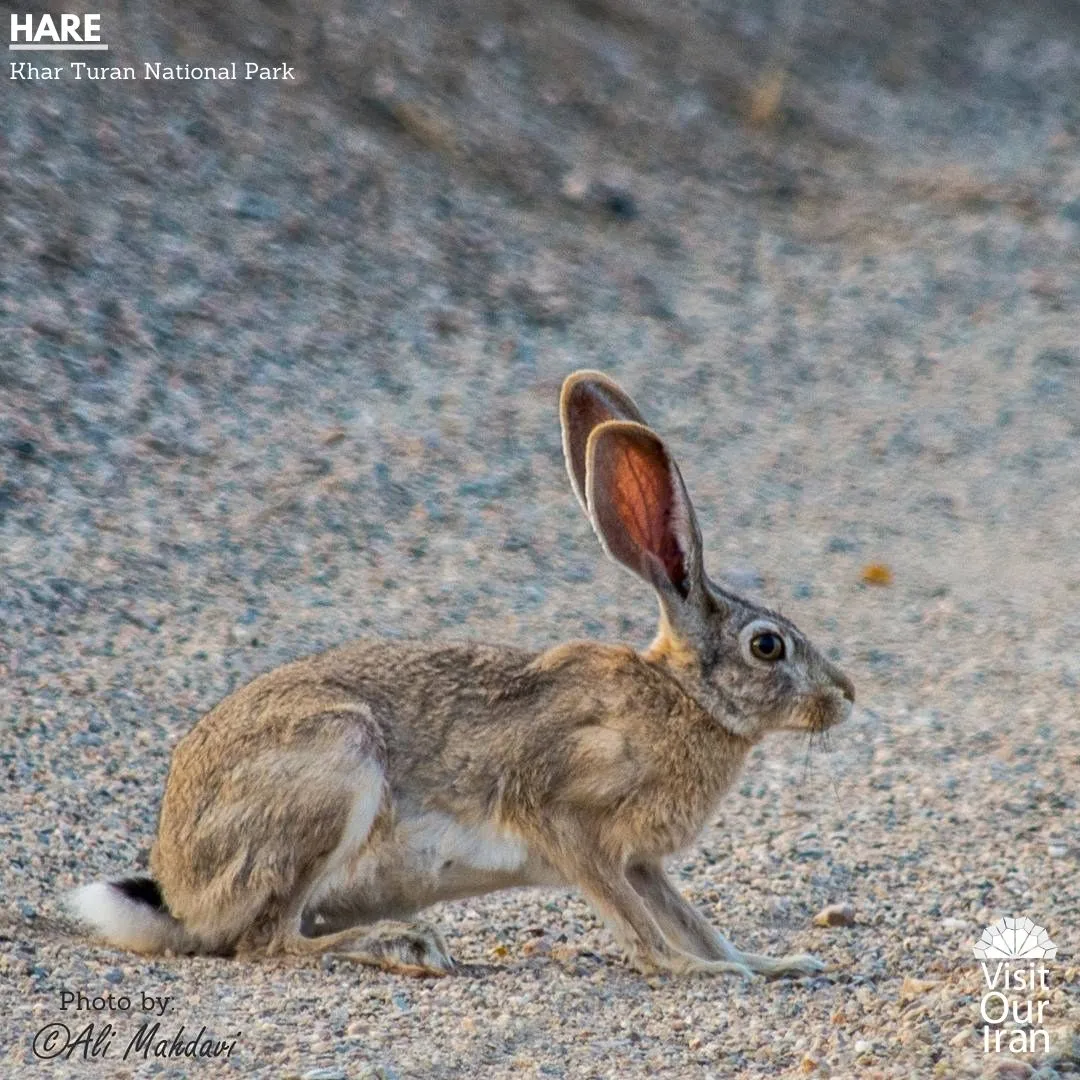
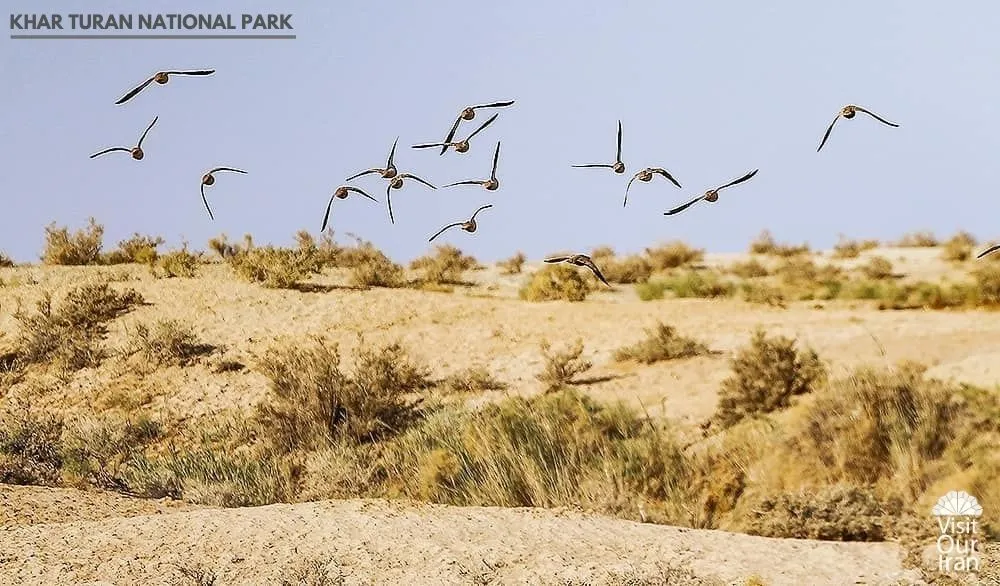
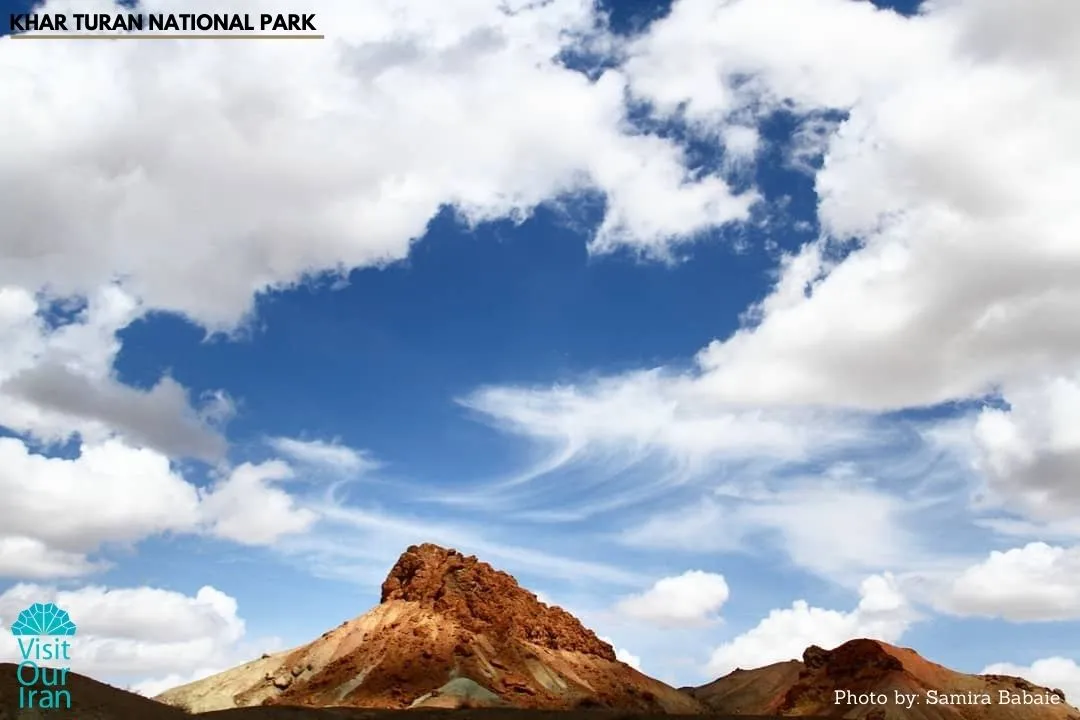
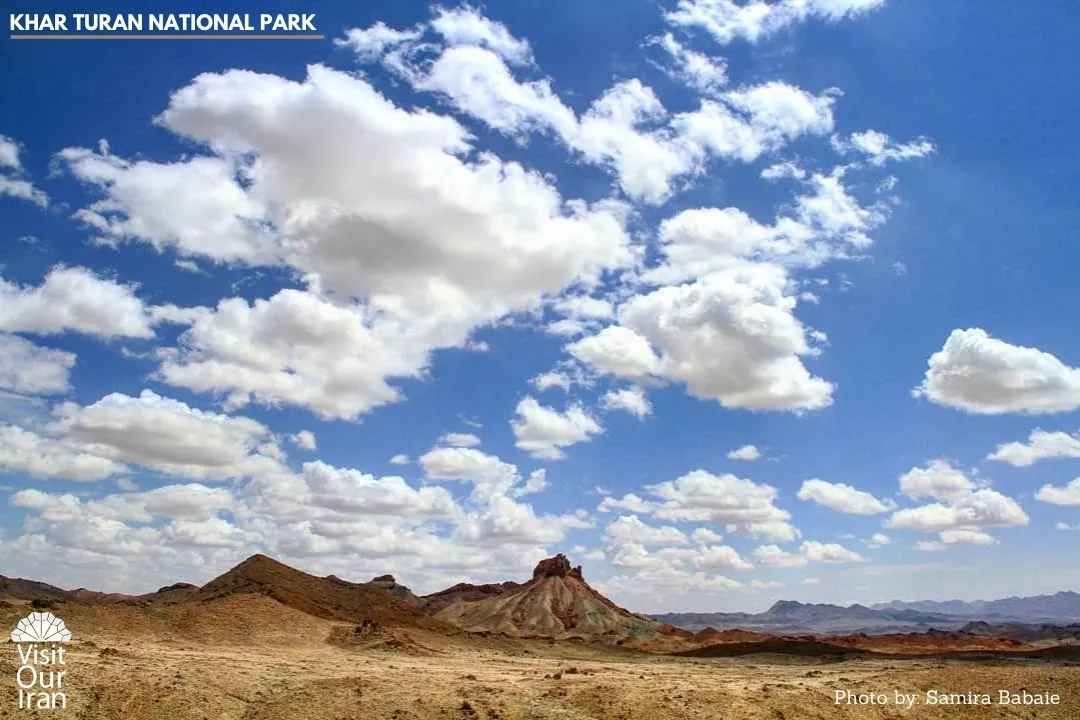
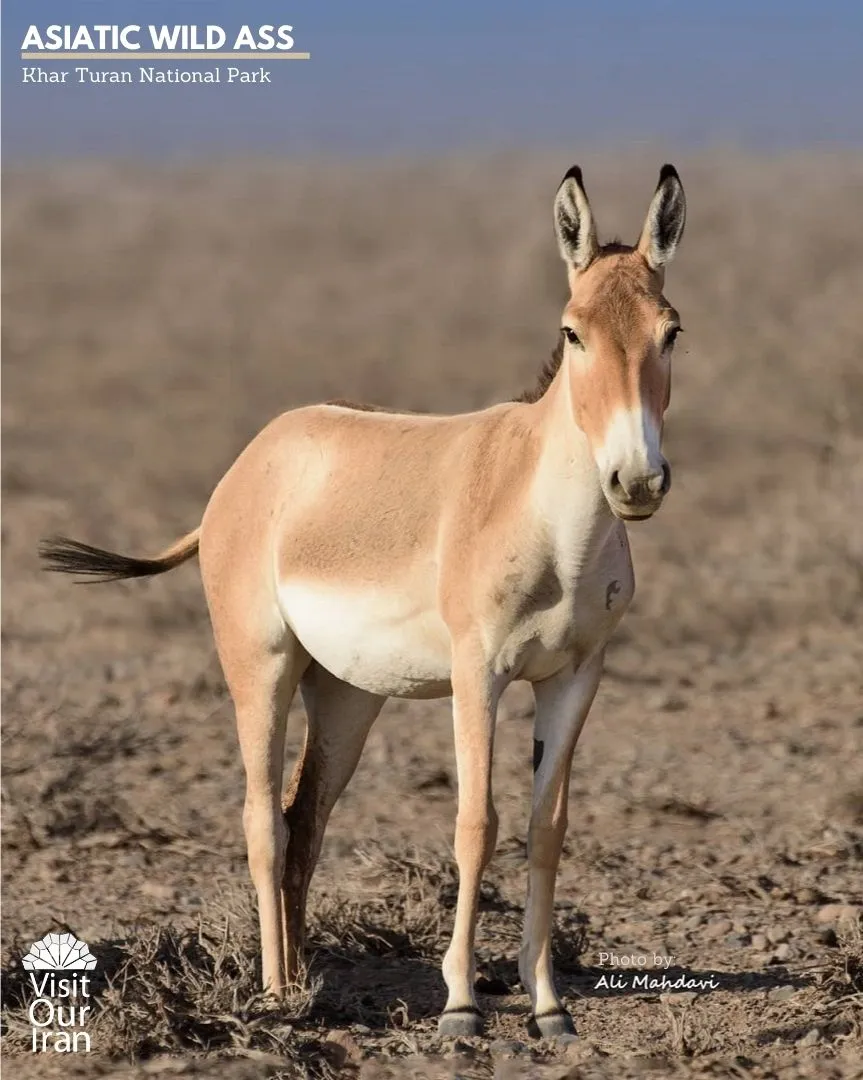
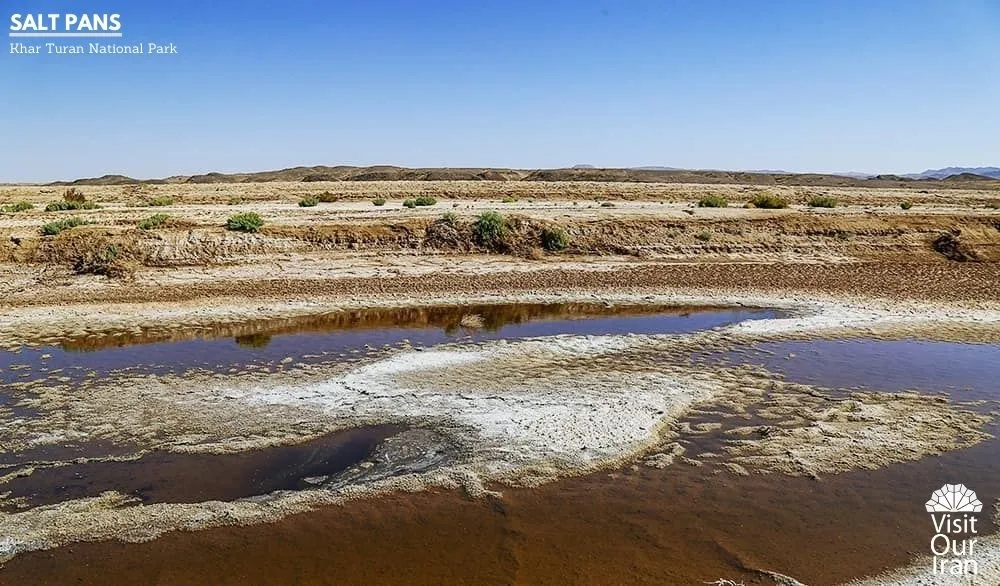
Registered as the second biosphere reserve in the world by UNESCO (biosphere reserves are protected areas of ecosystems promoting solutions to reconcile the conservation of biodiversity with sustainable use), Turan National Park and Wildlife Refuge is one of the astonishing expanses to observe the mysteries of the wildlife accustomed to arid and semi-arid regions of Iran. Being the second-largest reserve in this country, this park embraces arid highlands, lowlands, mounts, sands, and endless salt pans. With an area of more than 1 million hectares, this huge National Park includes the eastern part of Semnan Province and the western part Khorasan Razavi Province.
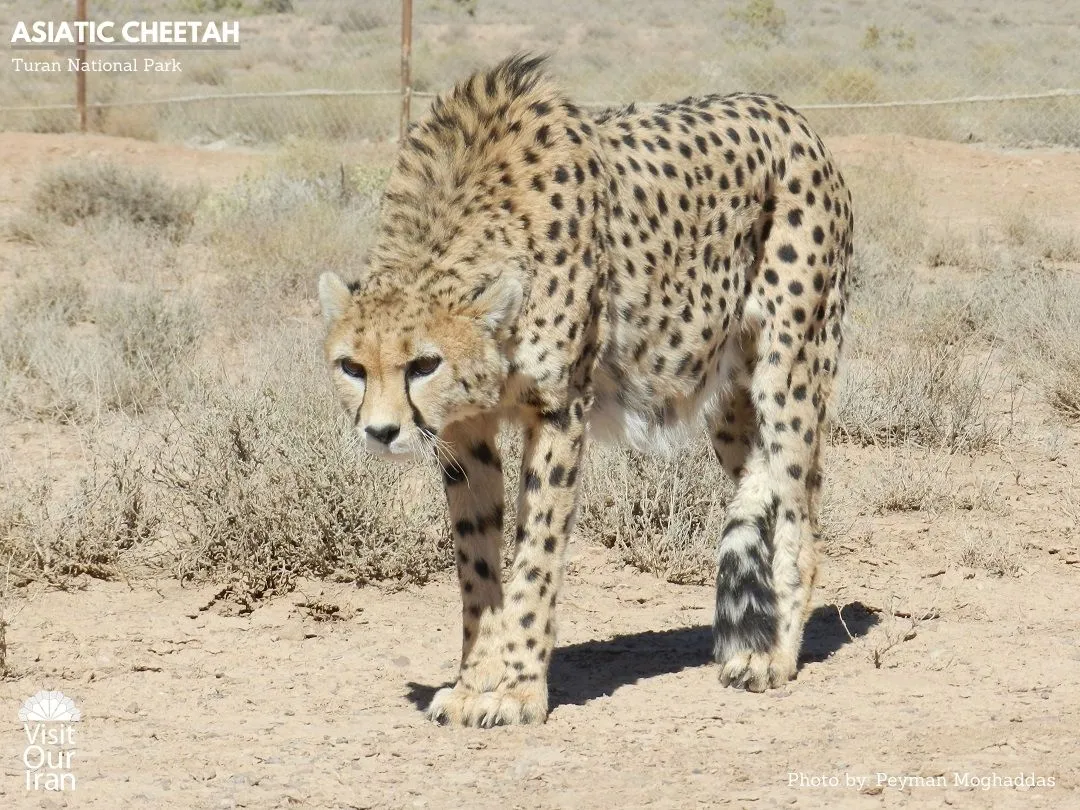
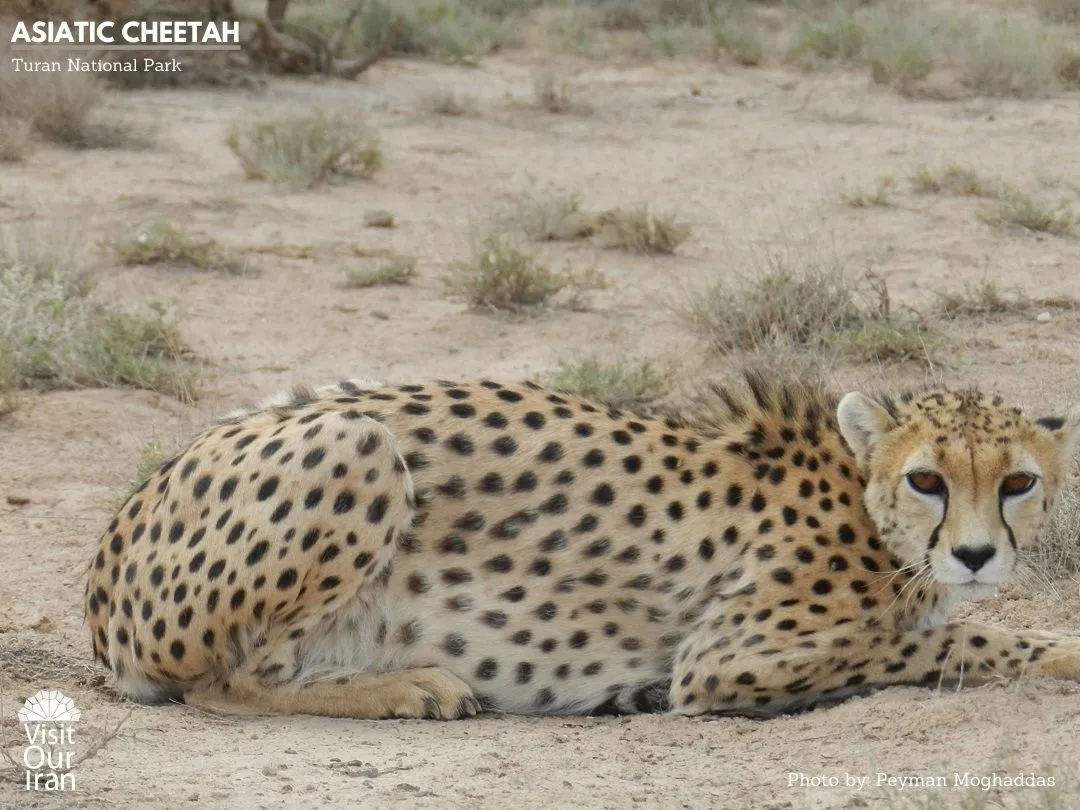
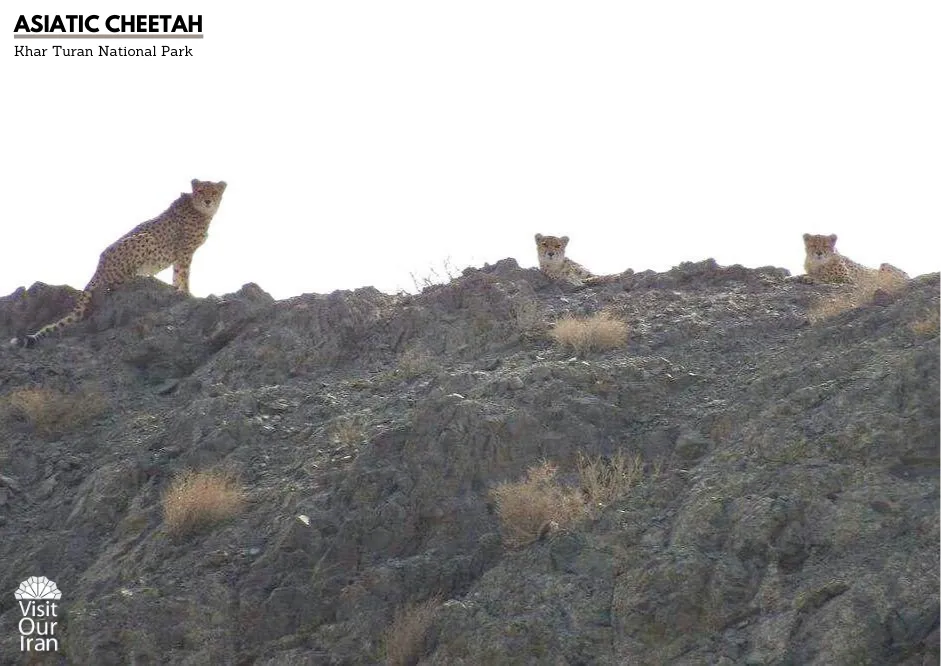
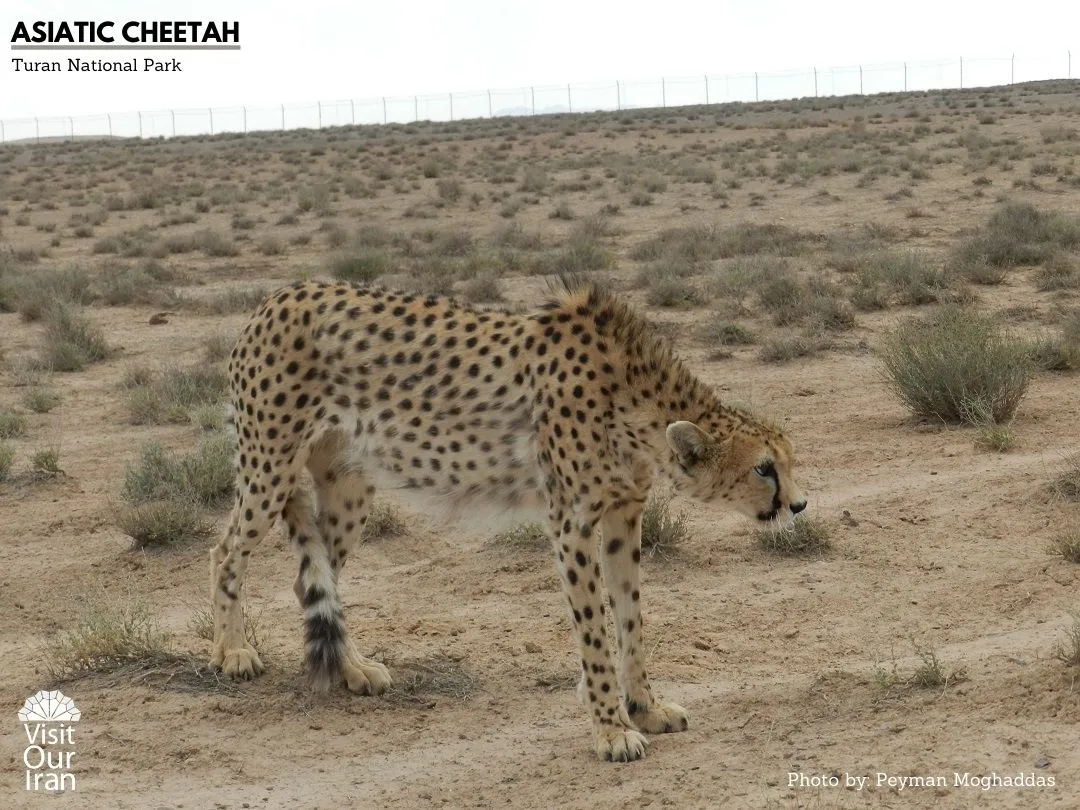
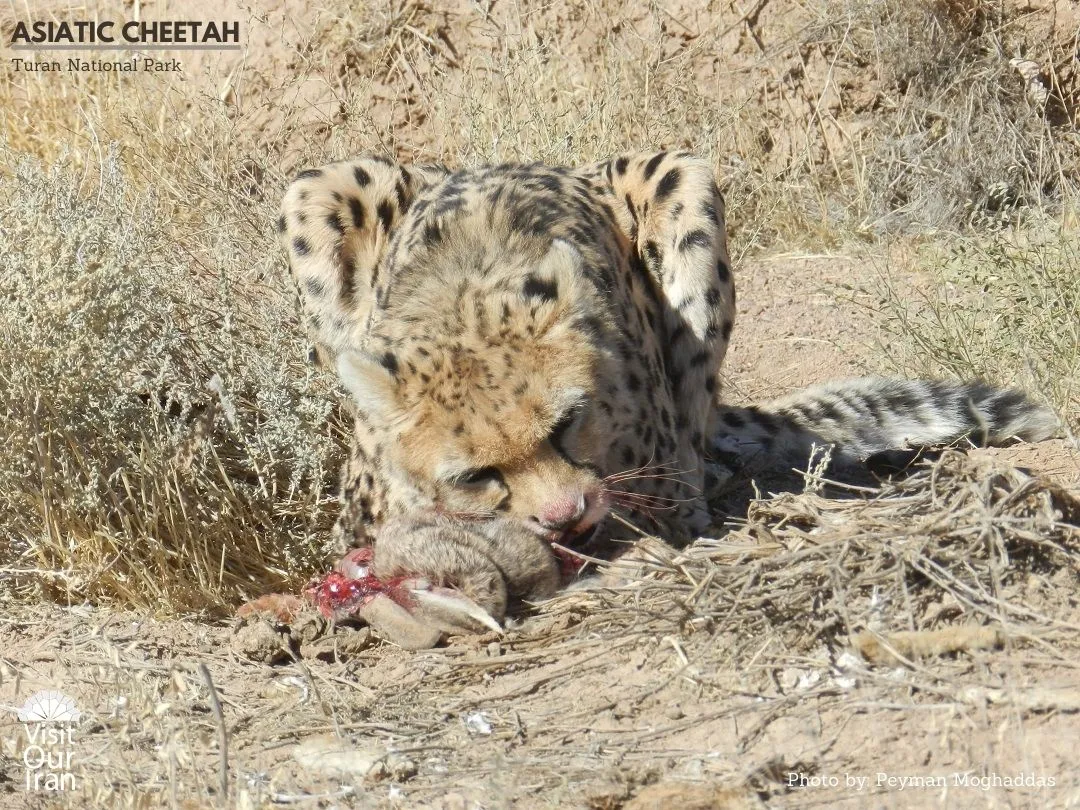
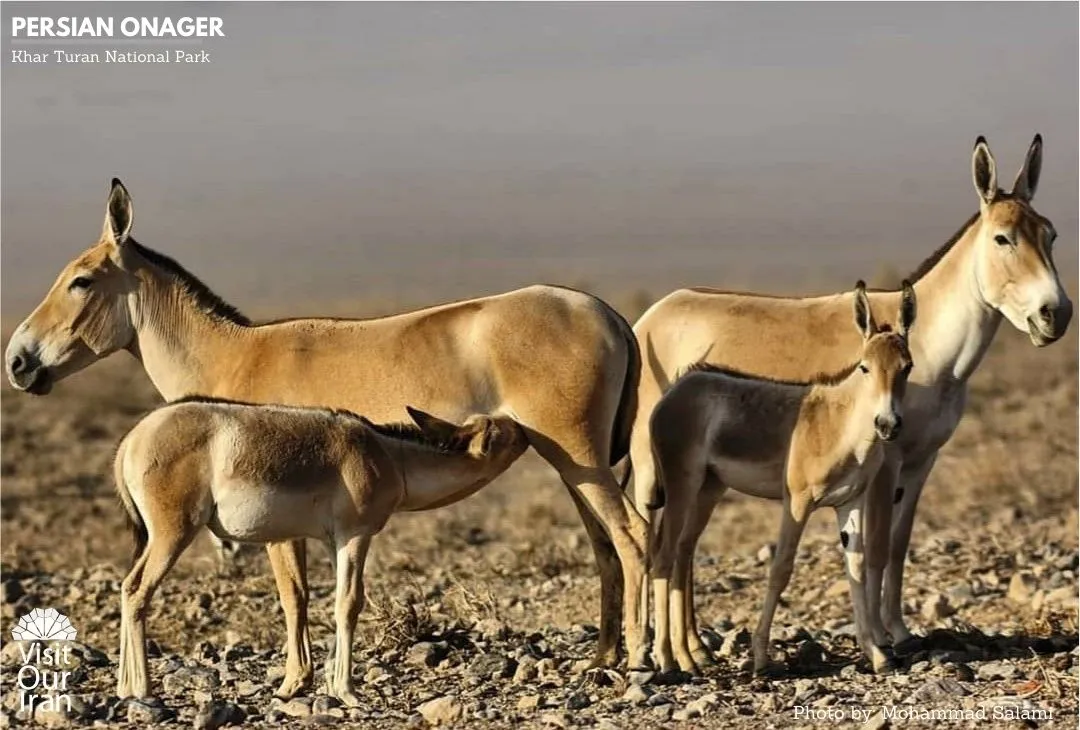
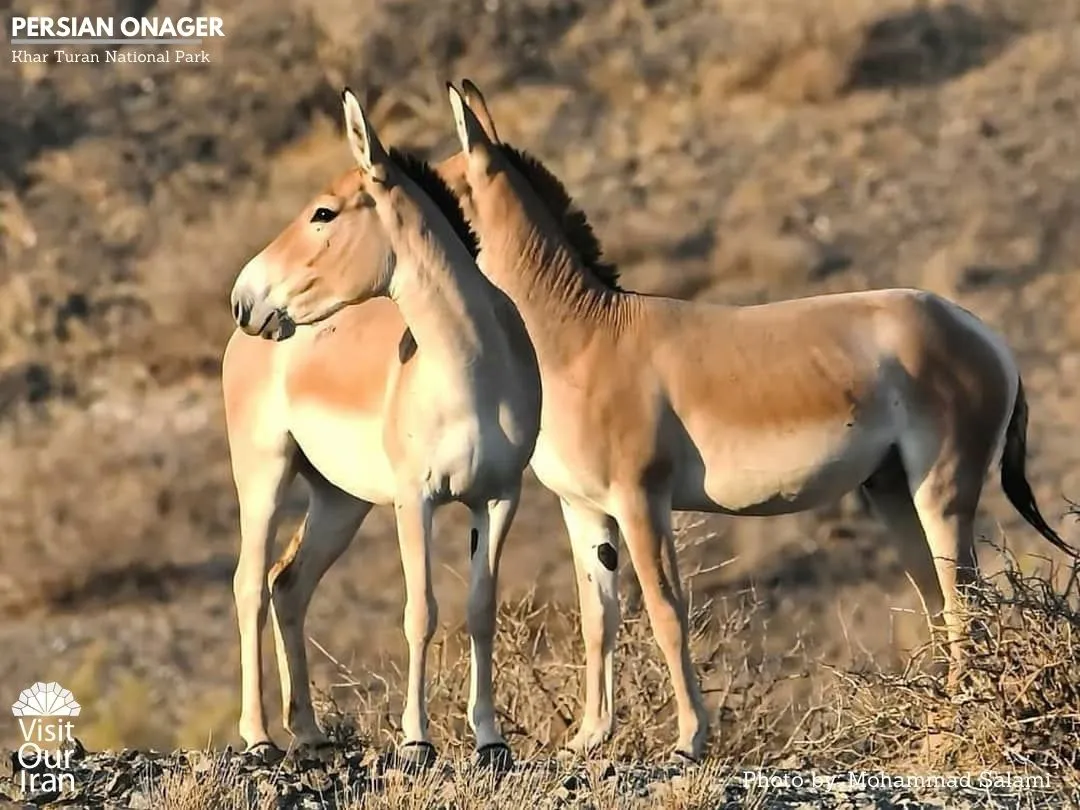
This immense expanse is home to one of the two remaining populations of Persian onagers (also known as Asiatic wild ass) and the largest population of Asiatic cheetahs (Iranian cheetahs). Thus, in your safari into the little Africa of Iran, you might be able to see different families of Asiatic cheetahs living in different spots of the park. Still, it depends; you might spend a lot of time observing the park without seeing Asiatic cheetahs. It is very unfortunate to know that Turan National Park has been one of the last safe havens for these stunning creatures and they’re in high danger of extinction.
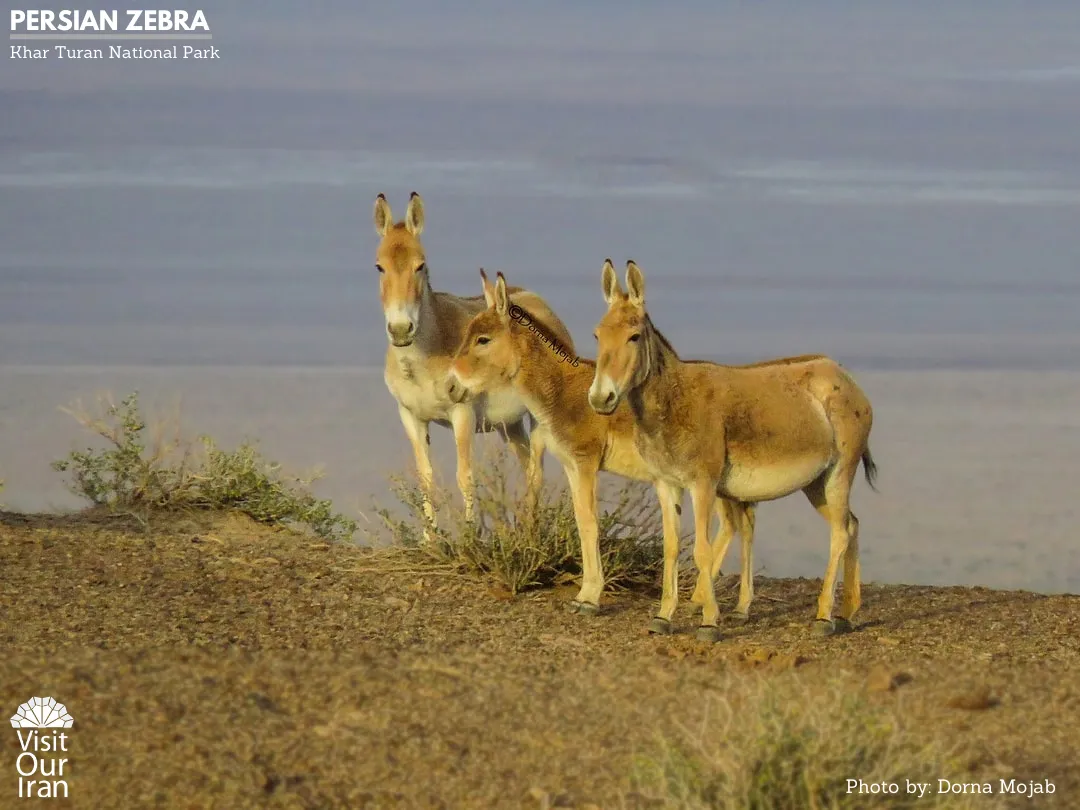
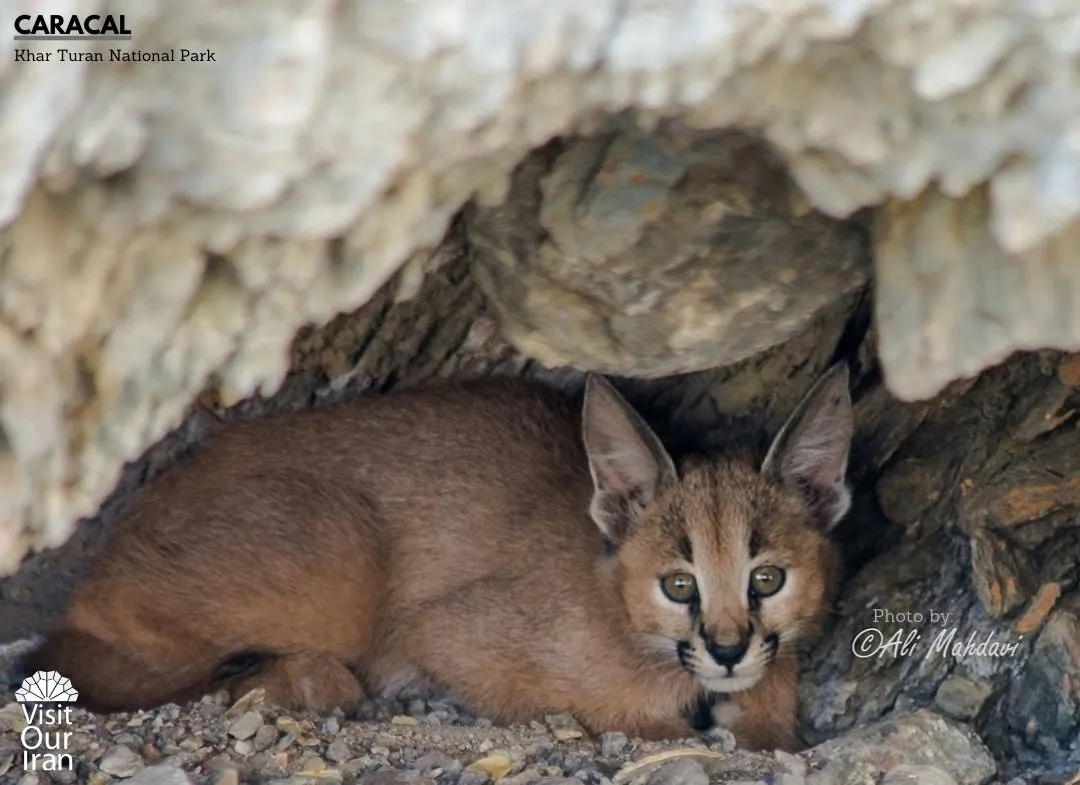
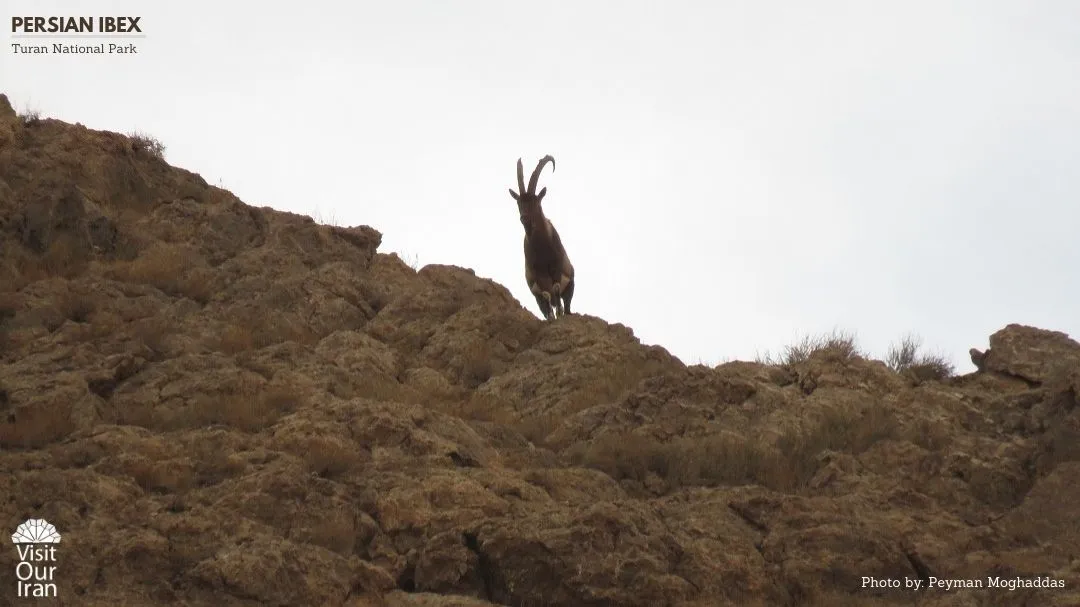
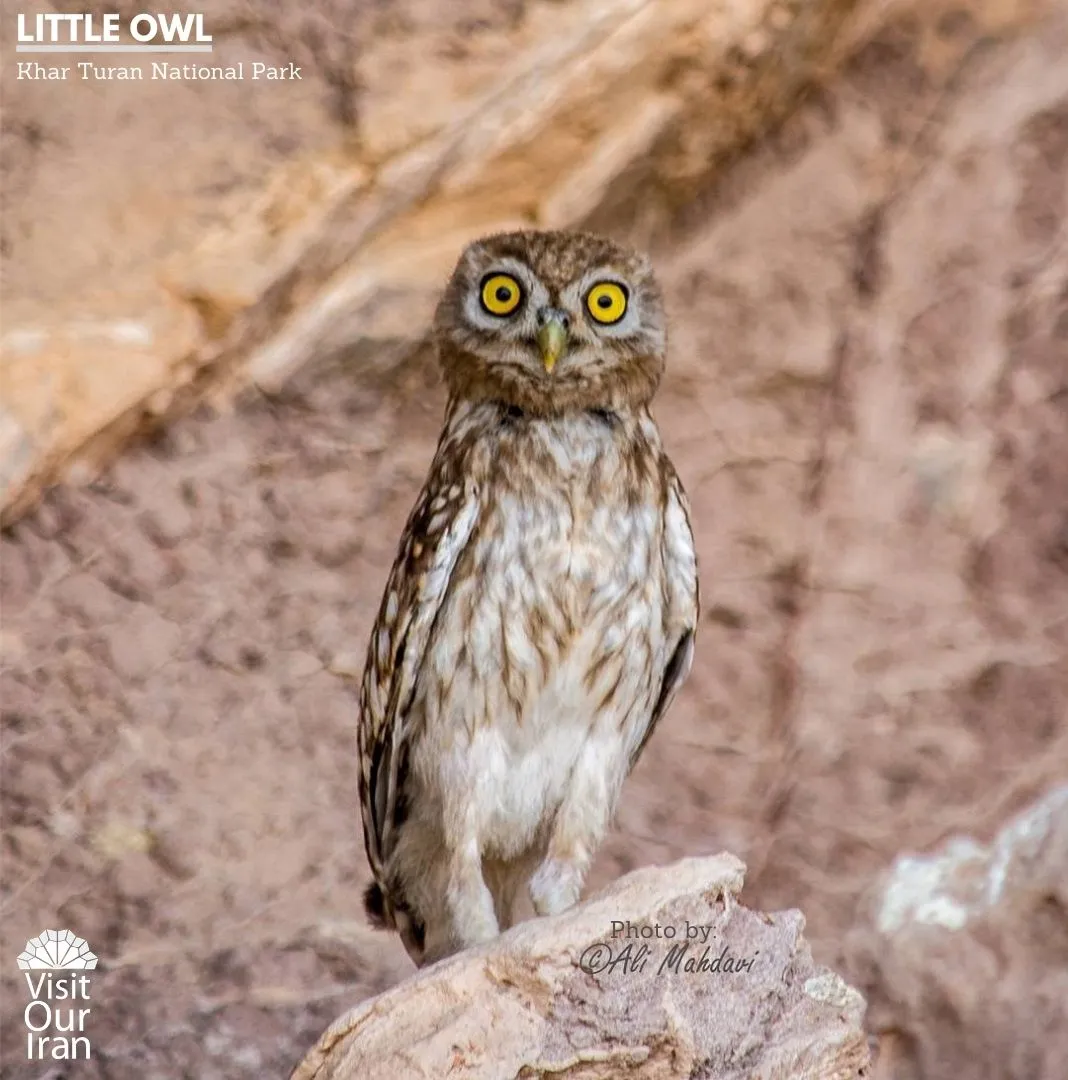
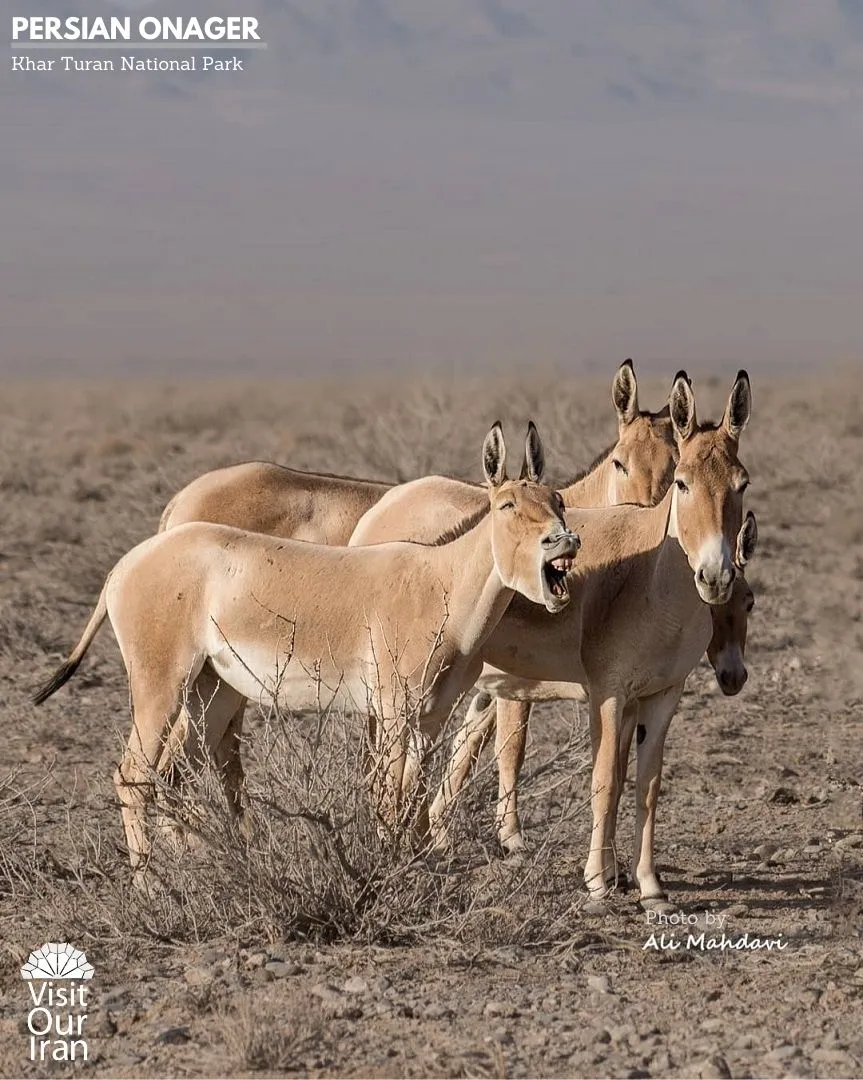
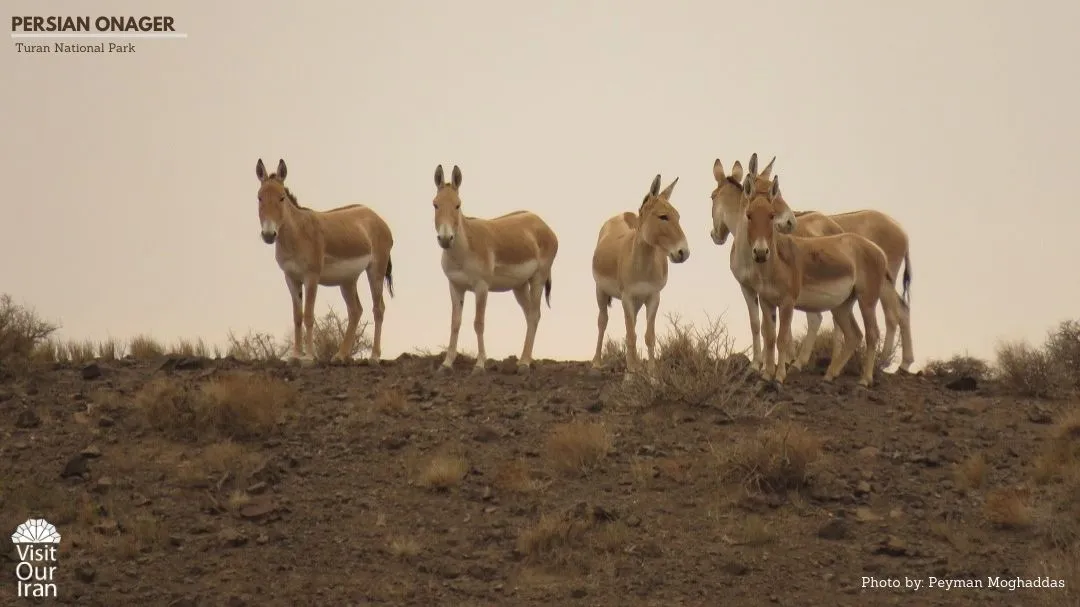
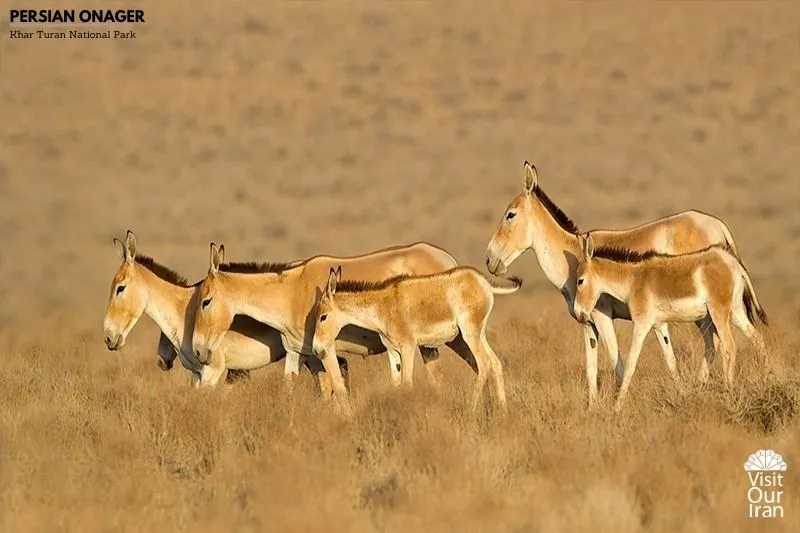
Turan is one of the main habitats of Persian onagers. These wonderful creatures are totally different from the common image of zebras. There are no stripes on the beige color of their body which is harmonious with the color of the soil and makes them extremely gorgeous. Unfortunately, the Persian onagers are facing a high risk of extinction.
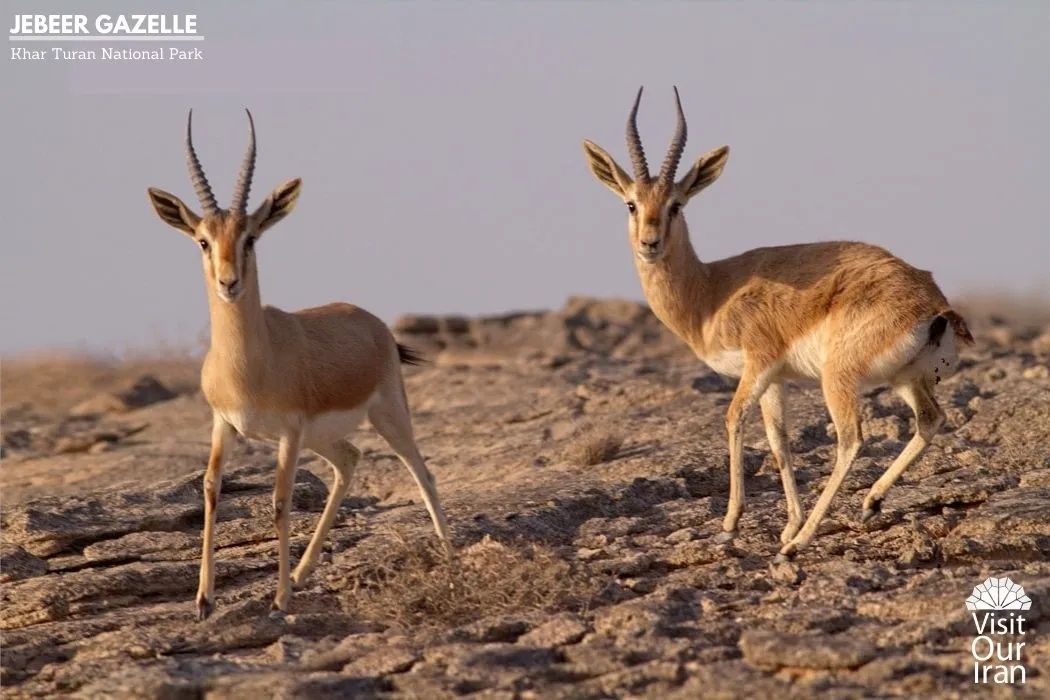
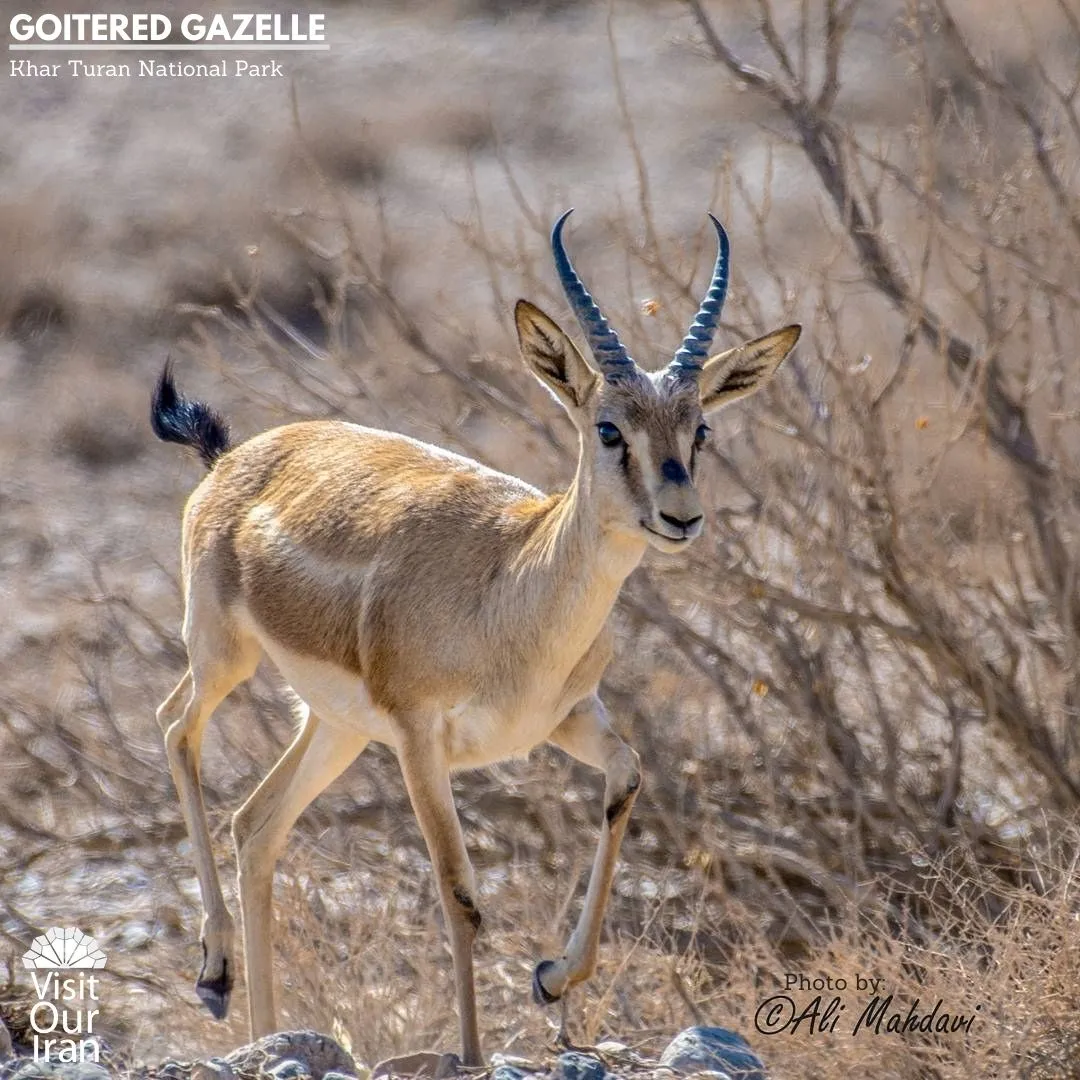
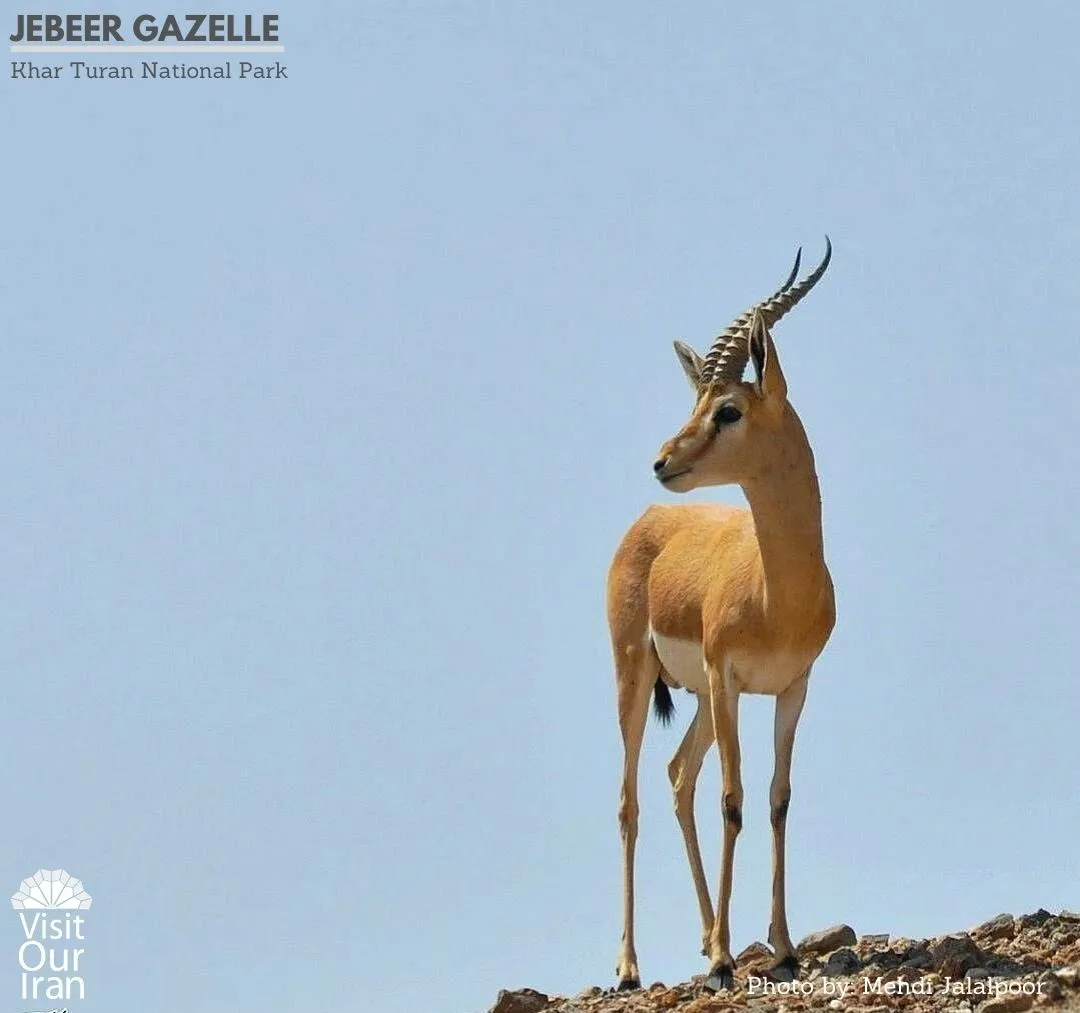
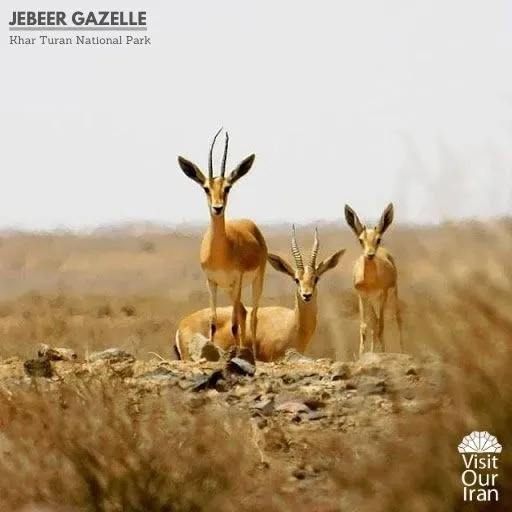
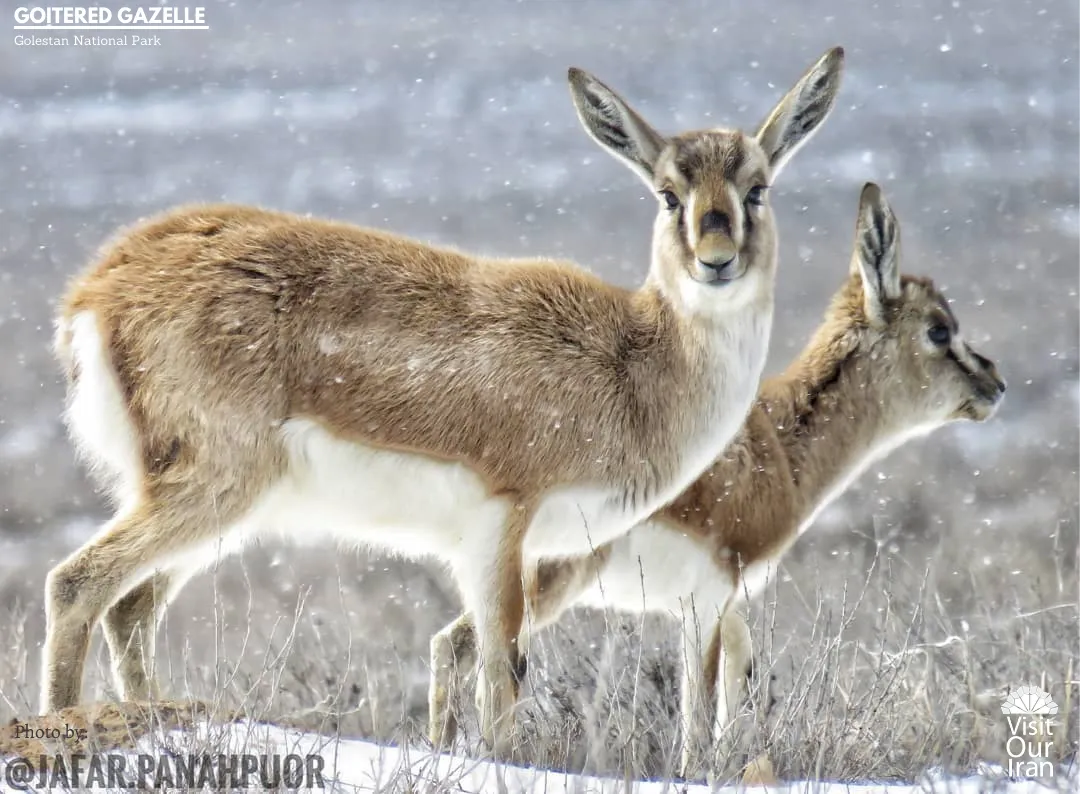
You can see the pretty jebeer gazelles, also known as Indian gazelles, especially in warm seasons running along the horizon with their extraordinarily-shaped horns. Even with their surprising delicacy, jebeer gazelles are able to get through the hard times of the desert and drink saltwater.
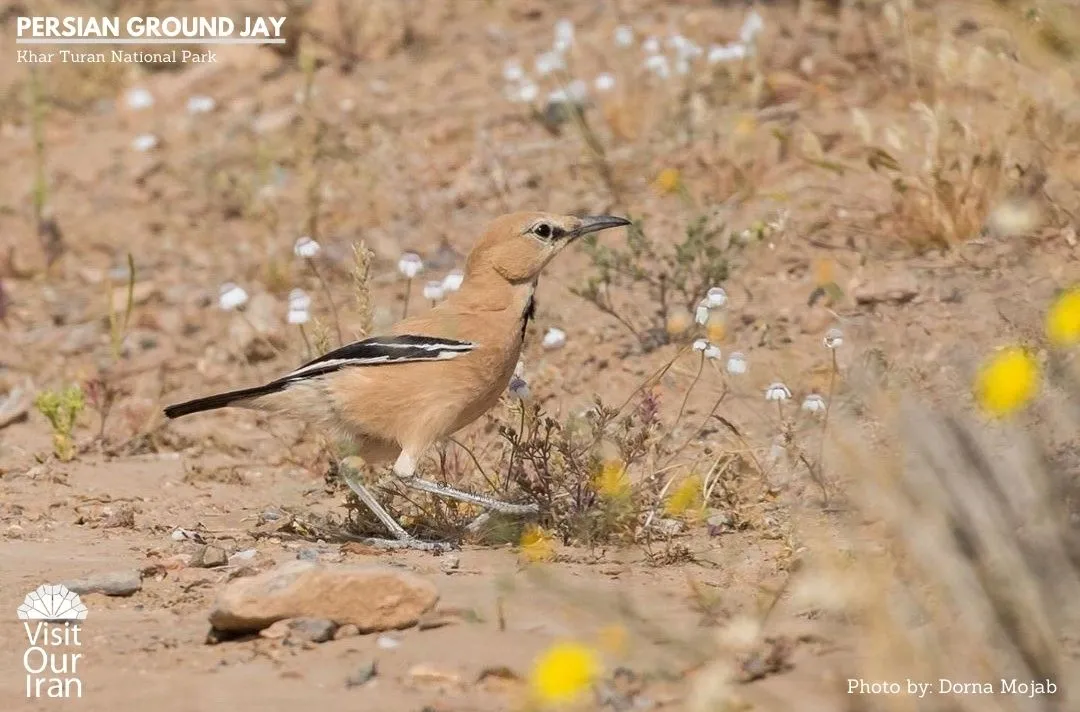
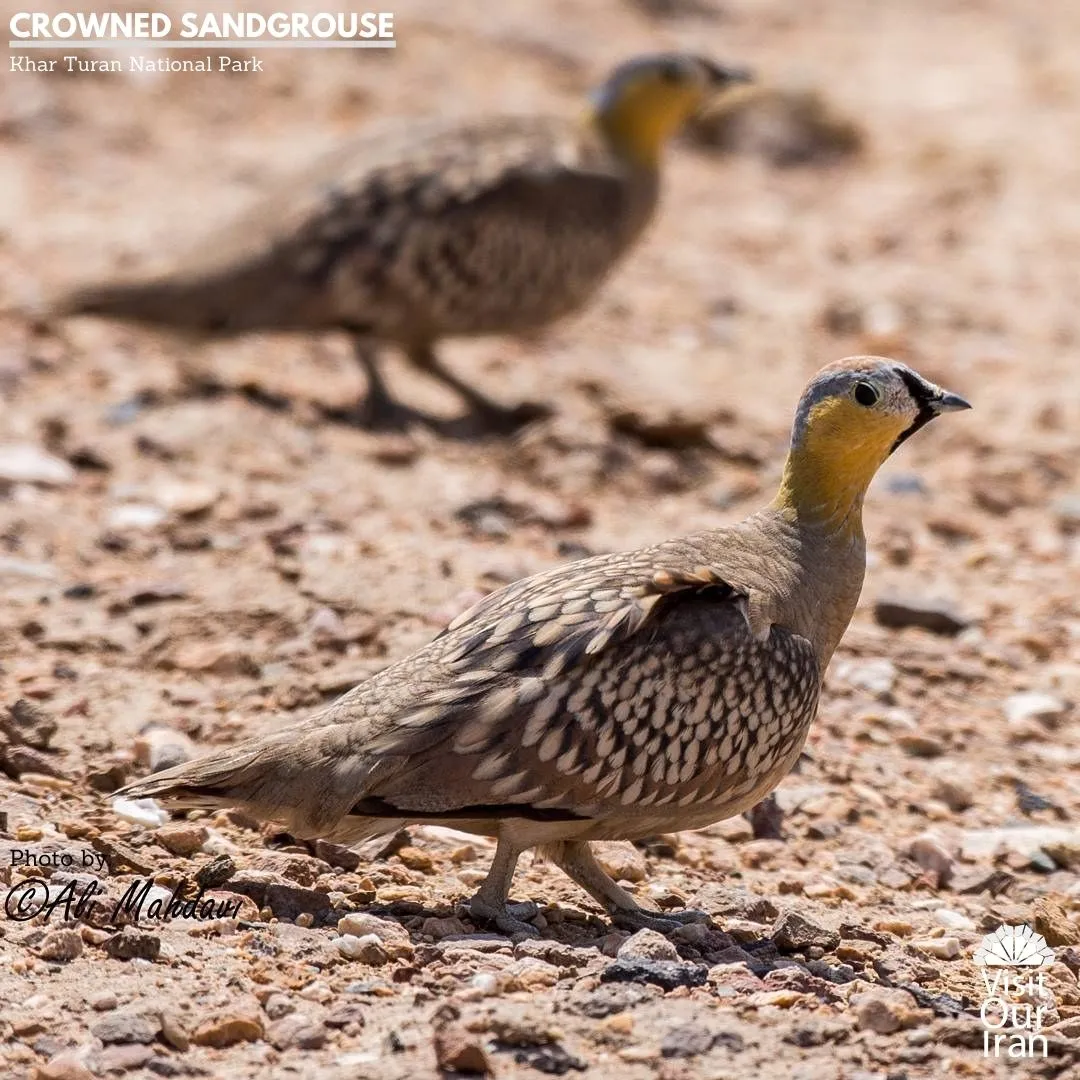
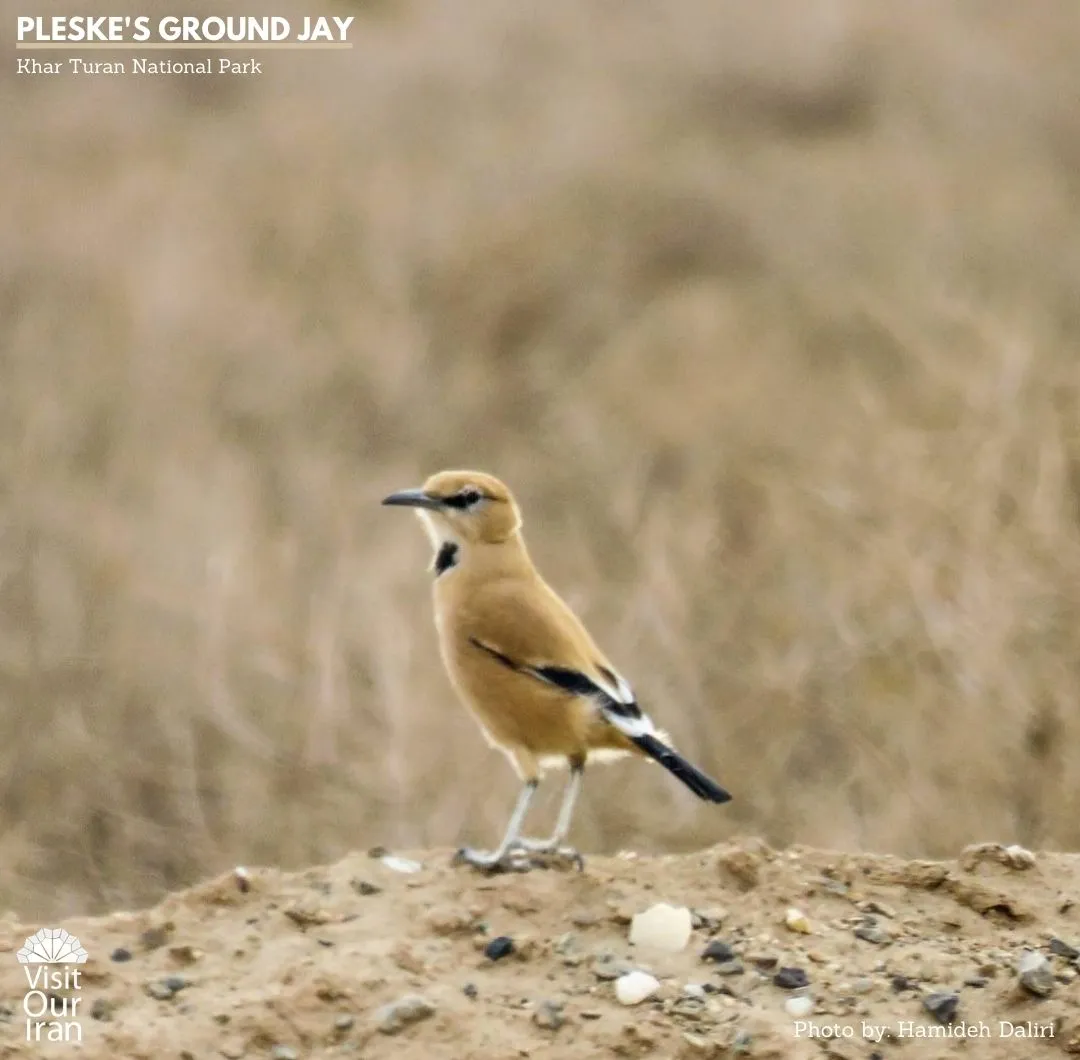
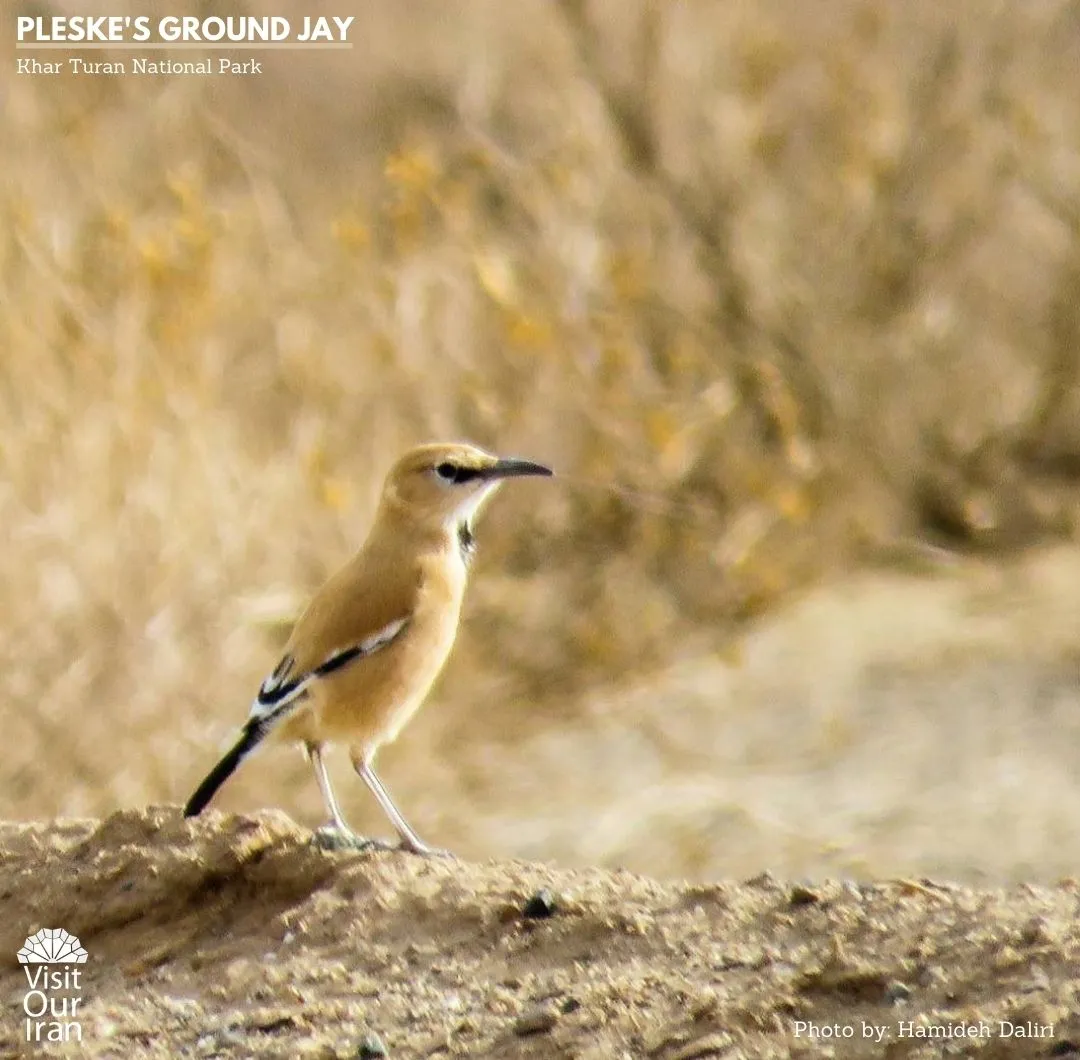
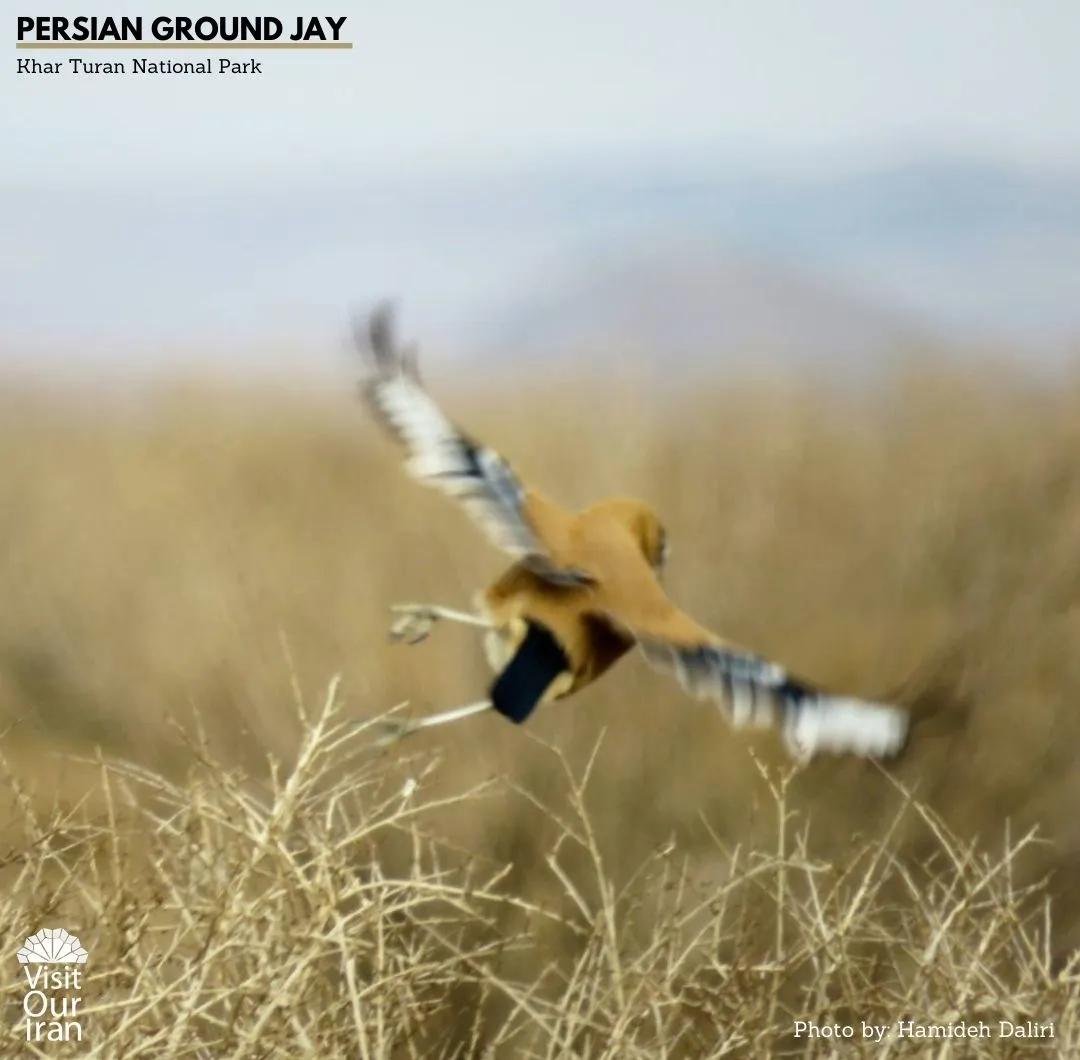
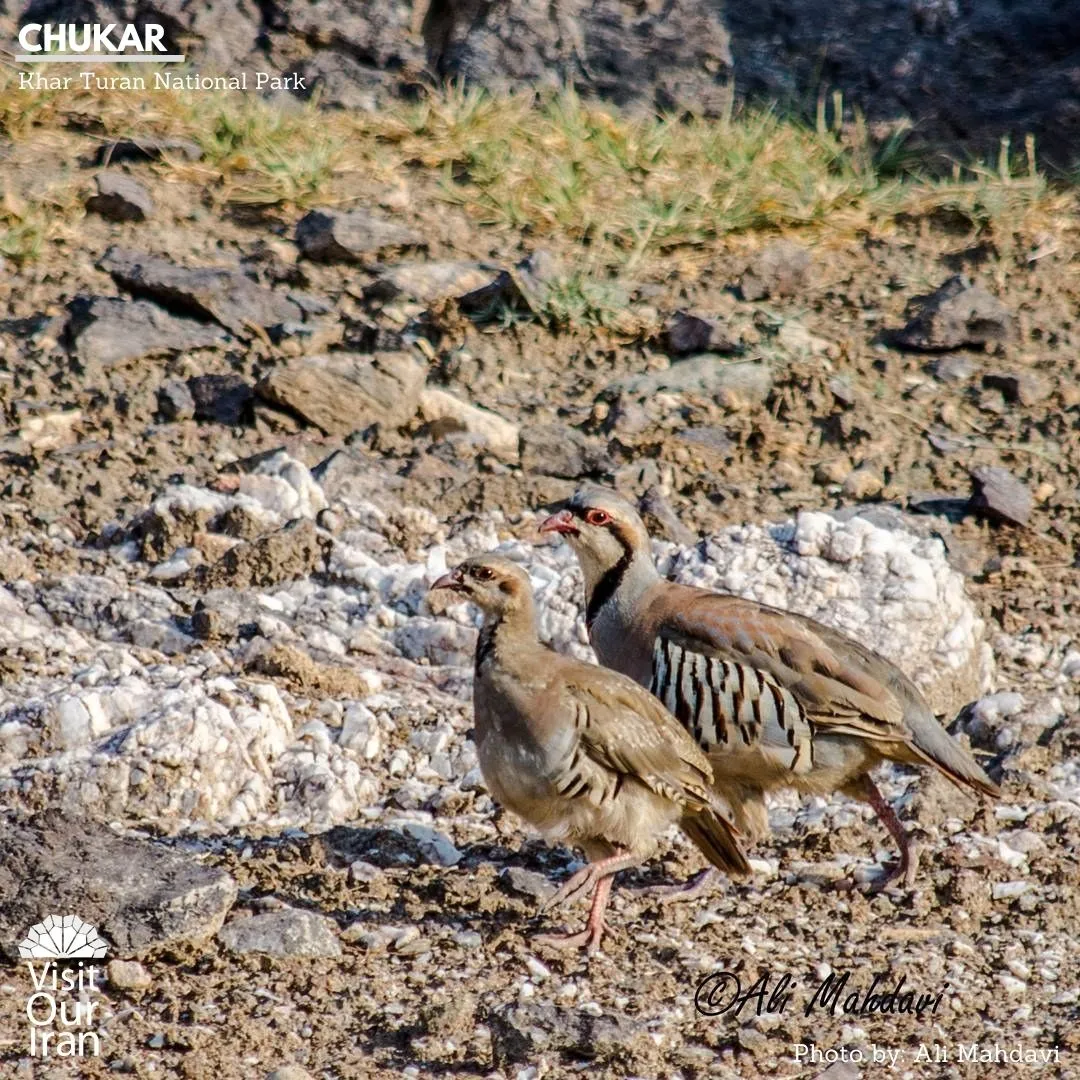
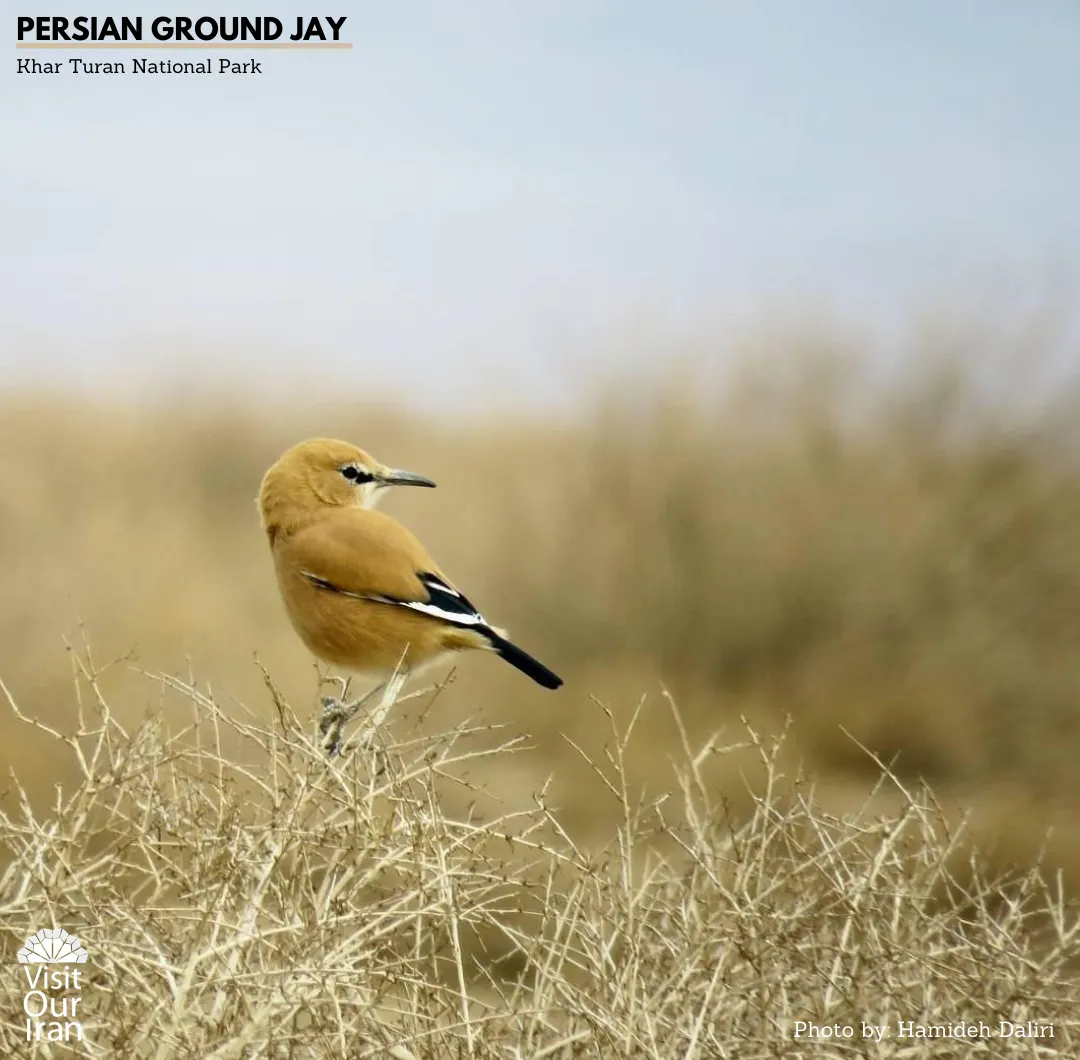
In your journey in this park, you might see a sweet bird with khaki or buff-brown feathers and black eyes running swiftly on the hot sandy ground. Pleske’s ground jay or Persian ground jay is the only beautiful bird endemic to Iran. She sings and nests atop Ghich (Zygophylaceae) shrubs in arid areas and likes running with her pretty skinny feet that are as strong and swift as the desert wind.
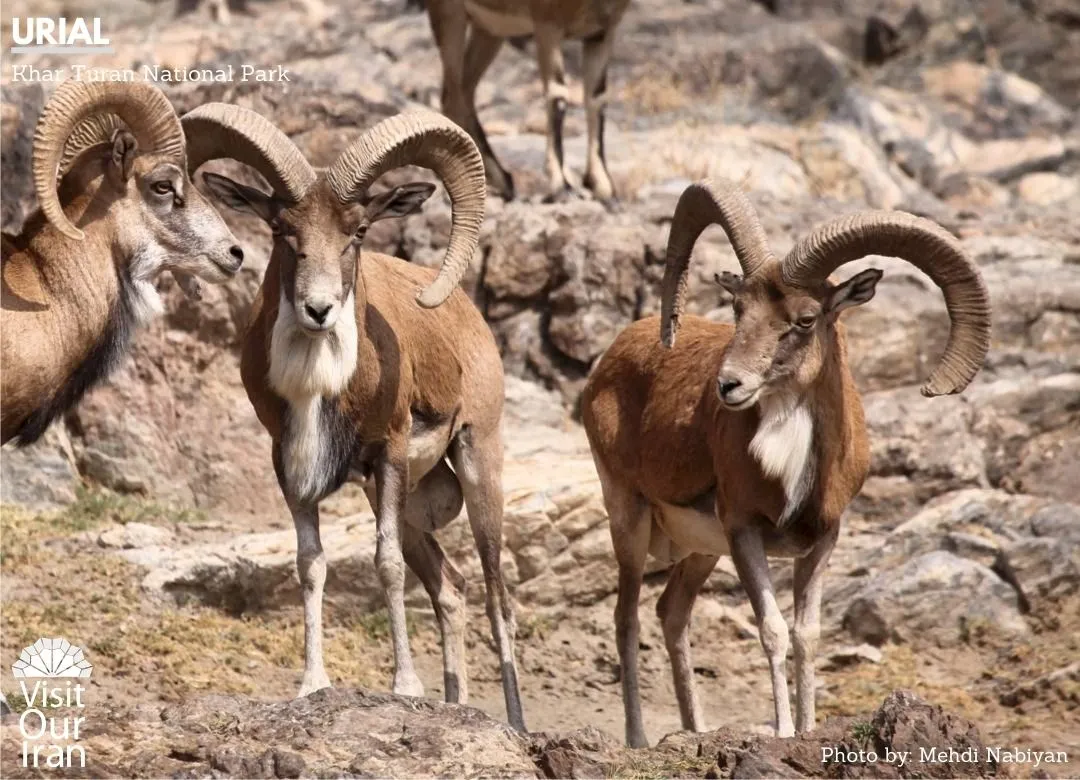
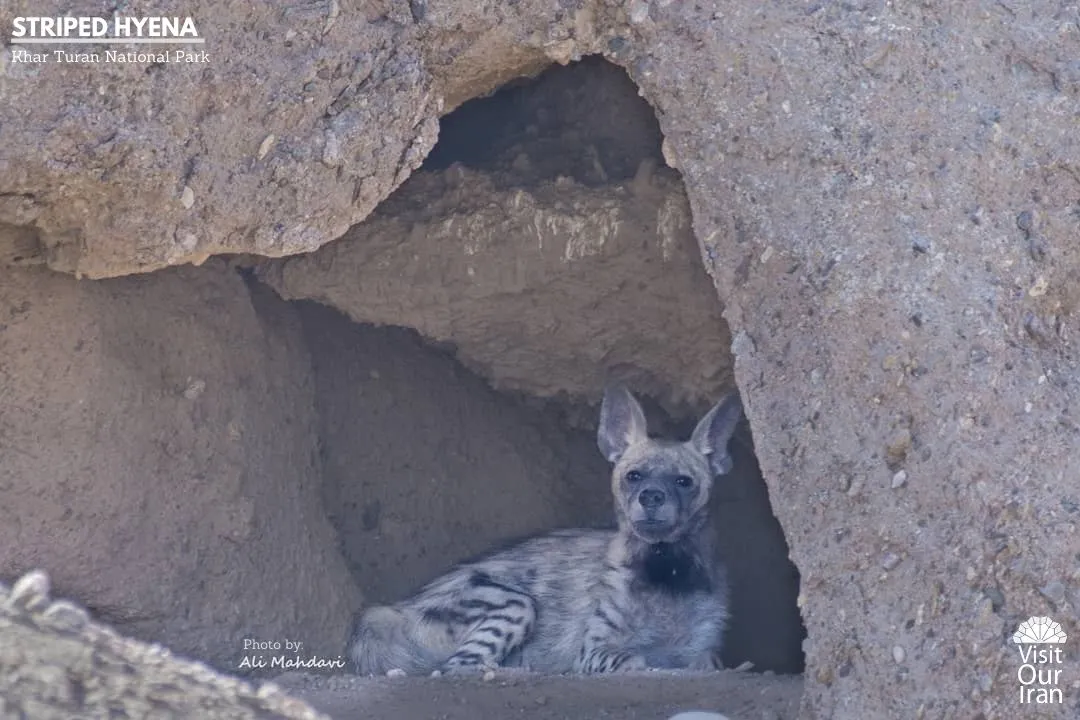
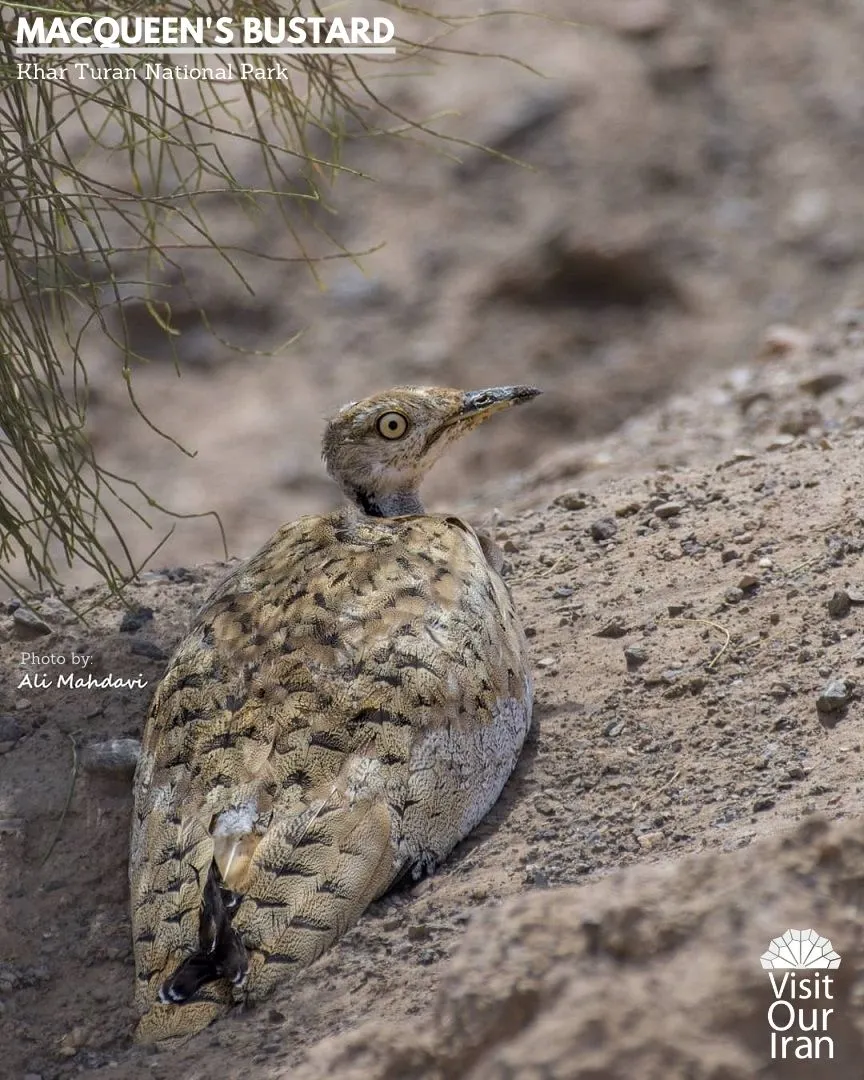
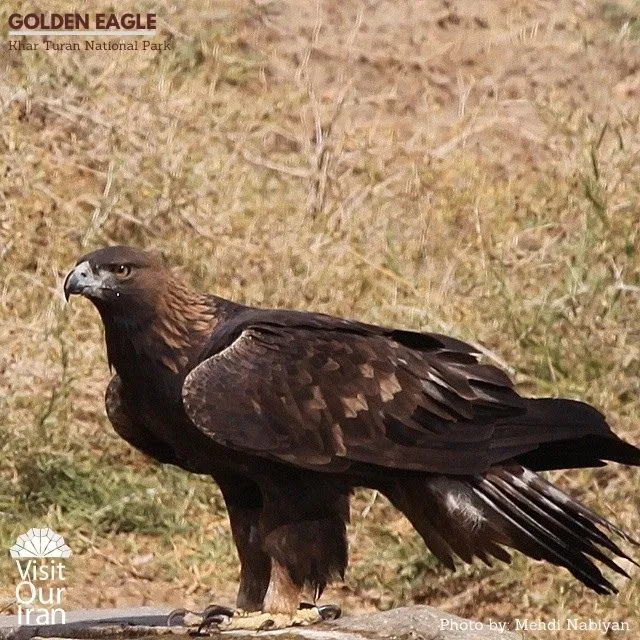
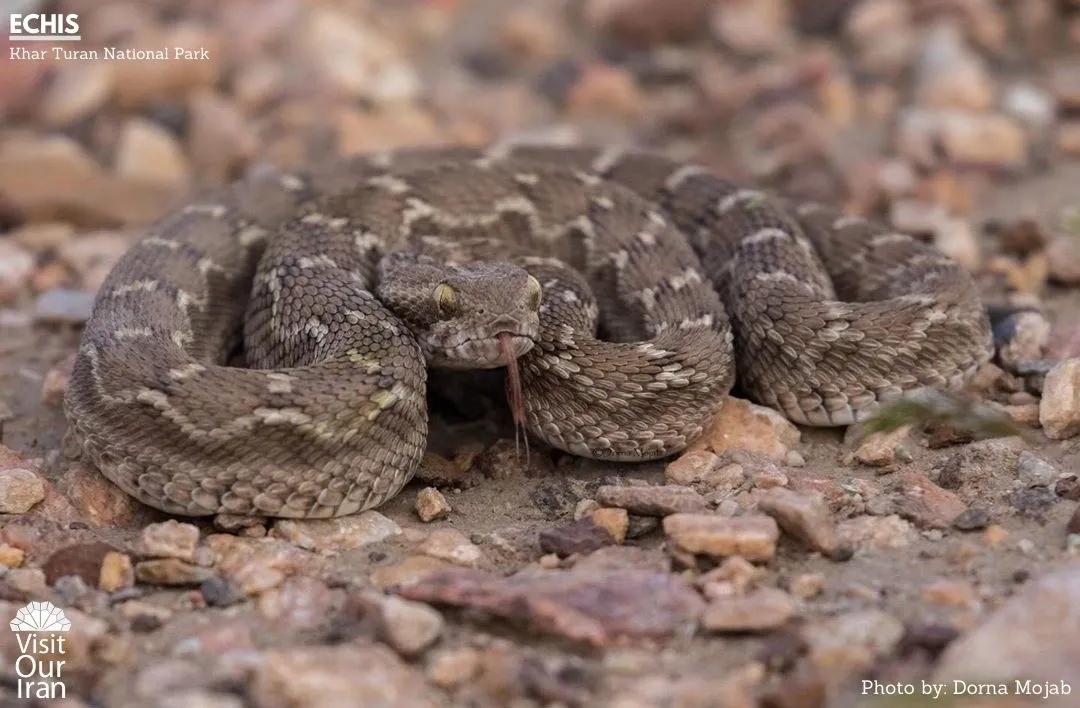
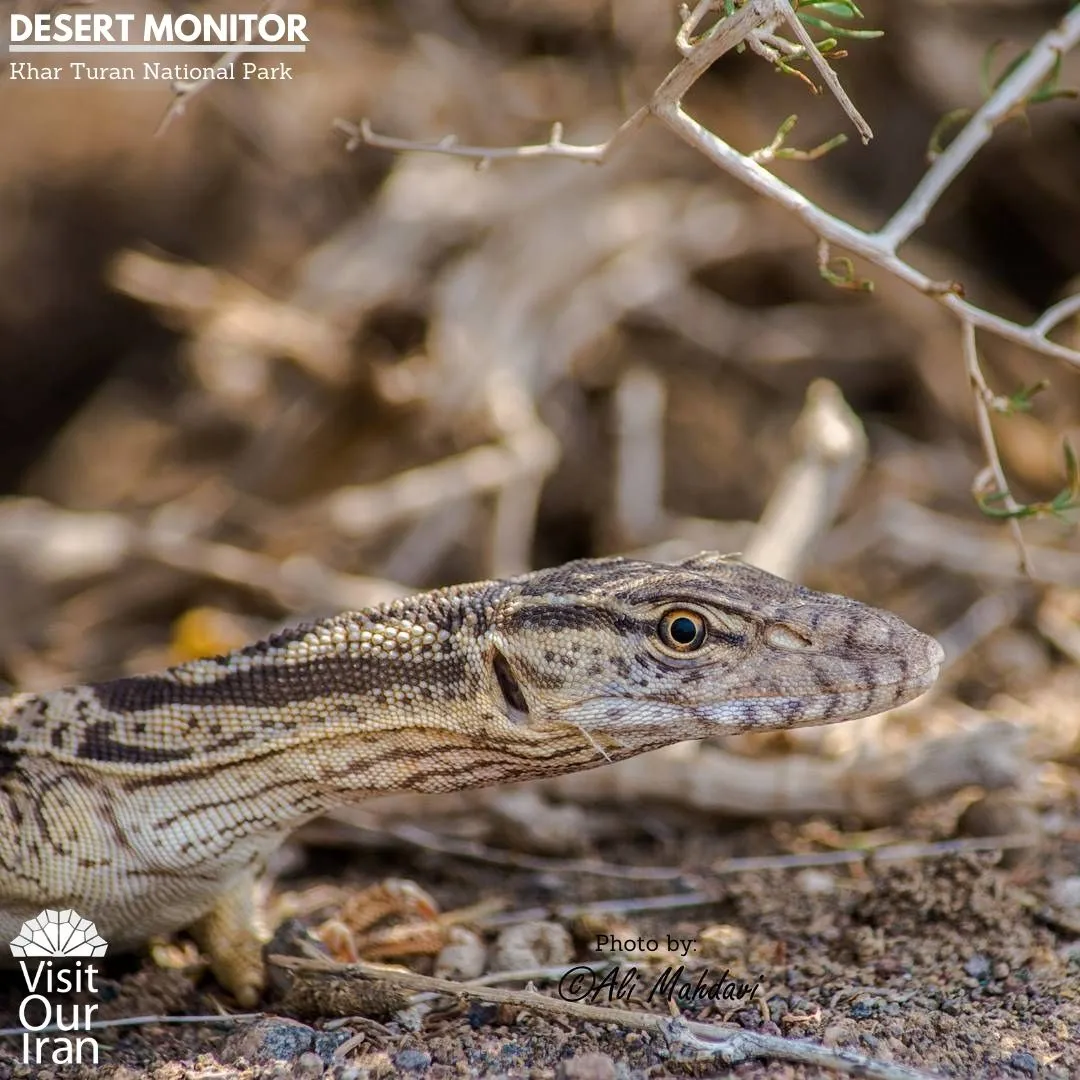
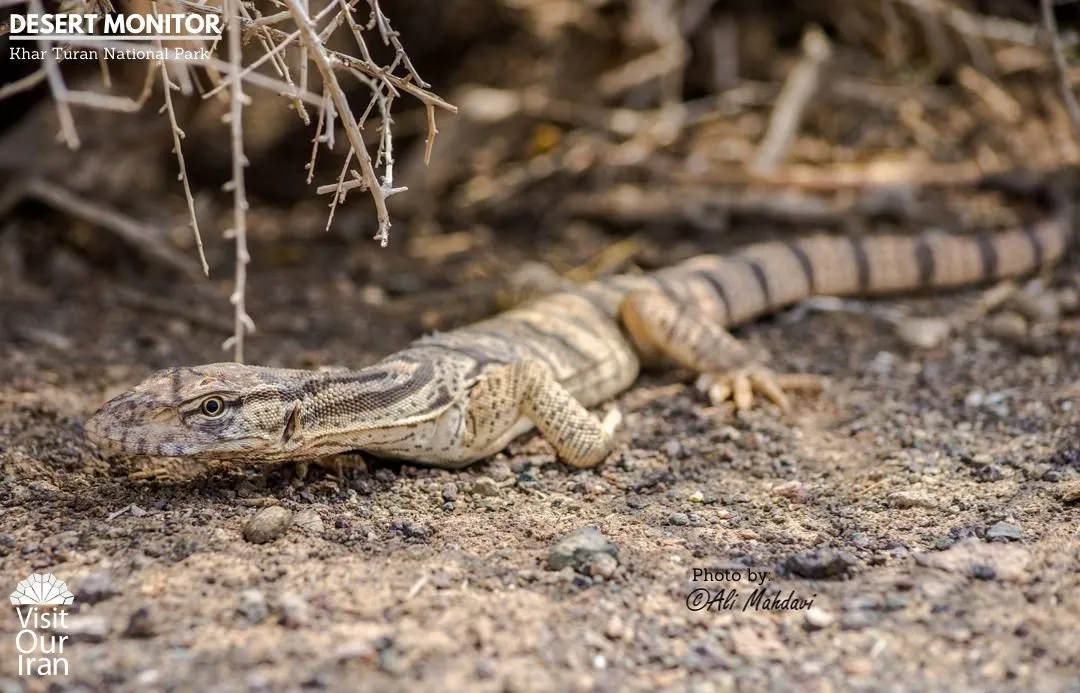
Exploring Turan National Park includes observing amazing species such as Persian leopards, striped hyenas, goitered gazelles, wild goats, urials, caracals, Northern three-toed jerboas, ground agamas, Iranian spiny-tailed lizard, different kinds of vultures, eagles, see-see partridge, sand grouse, and many more to be discovered and seen.
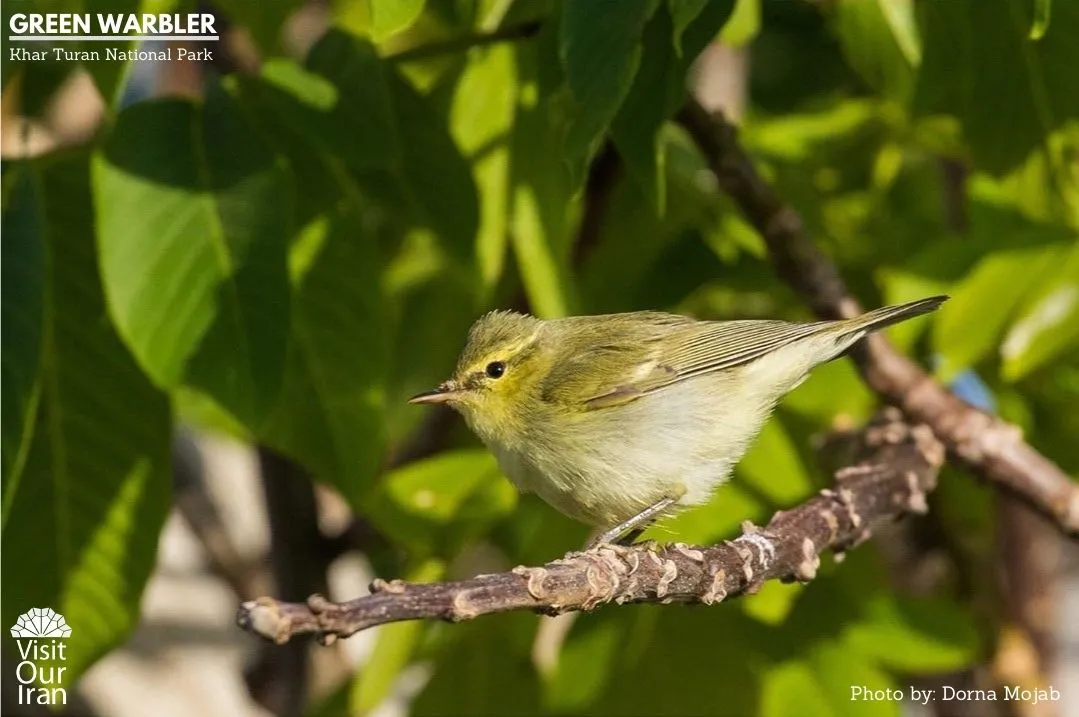
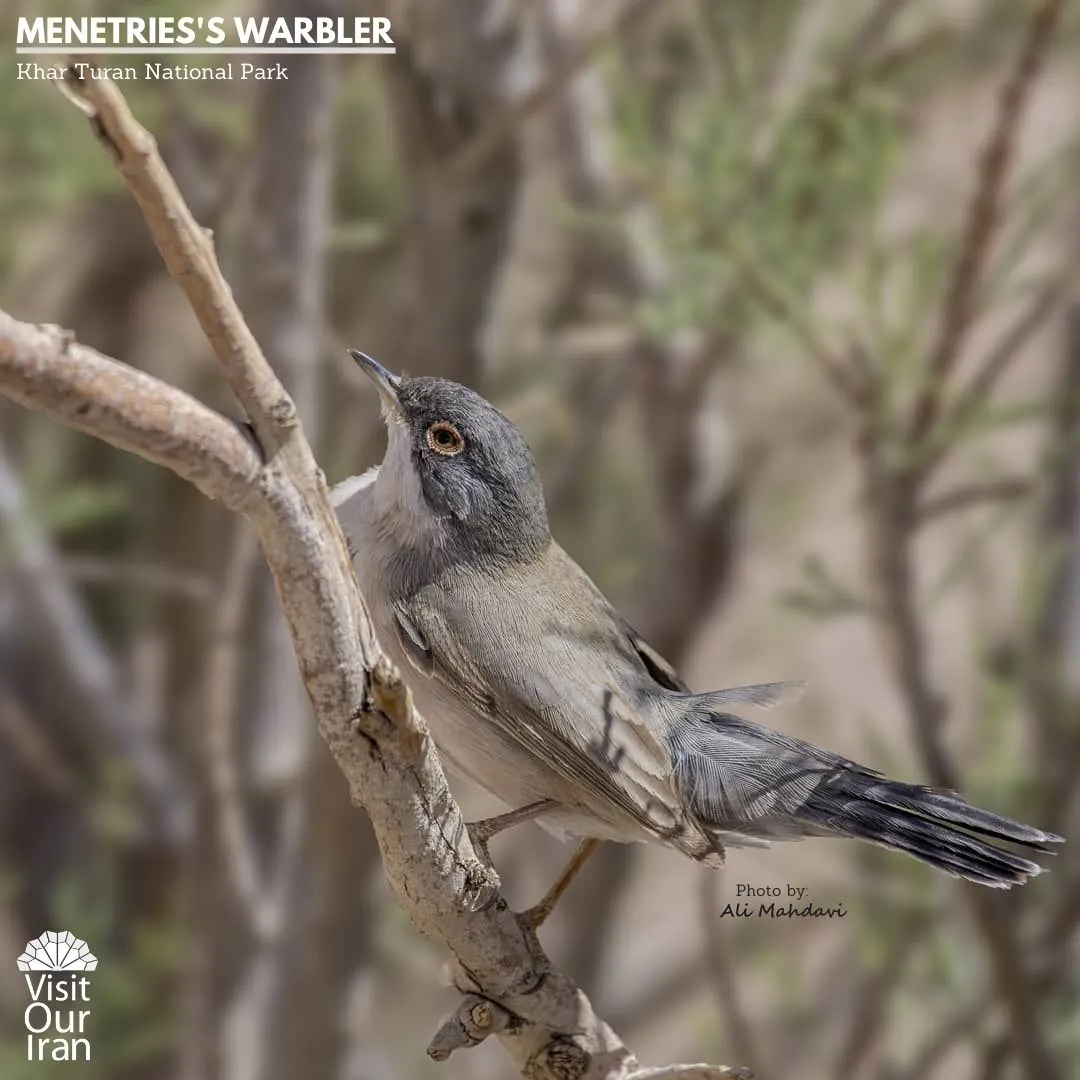
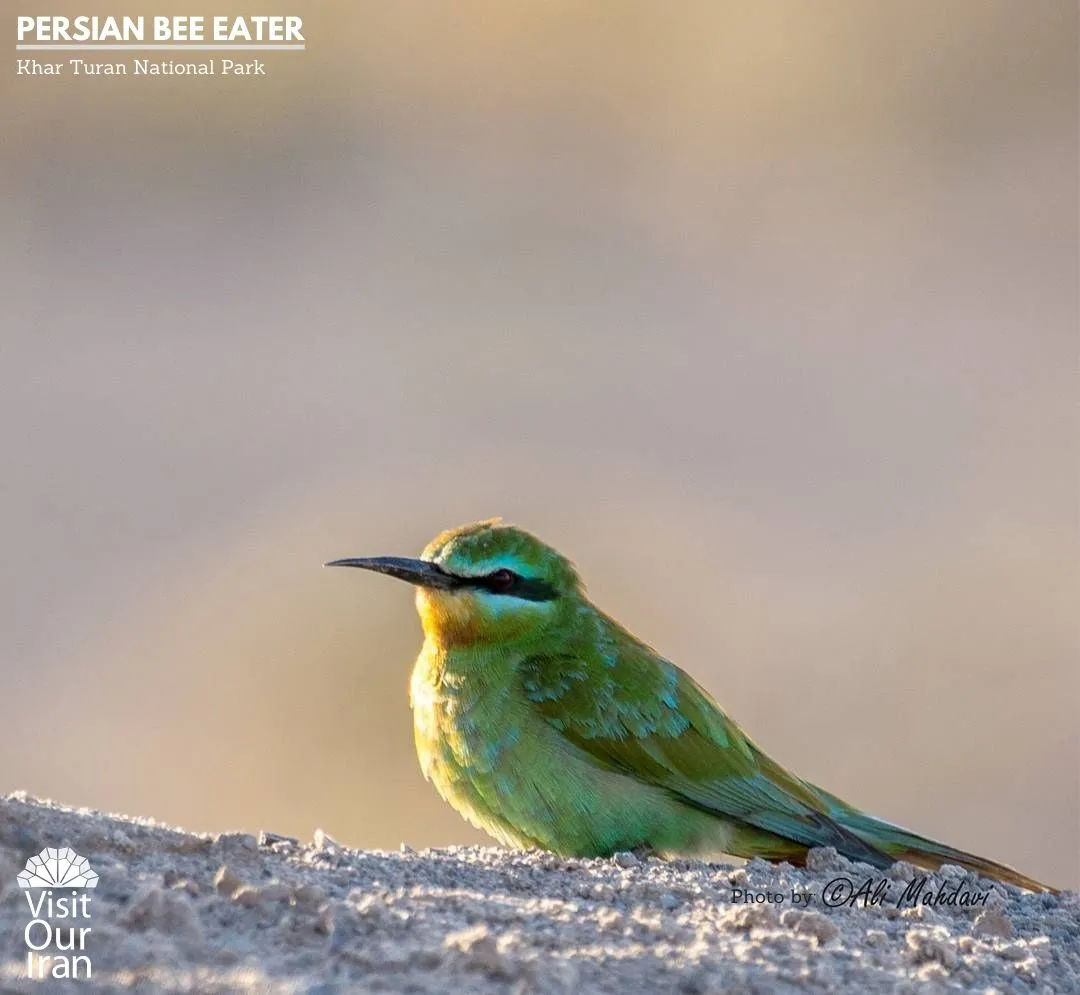
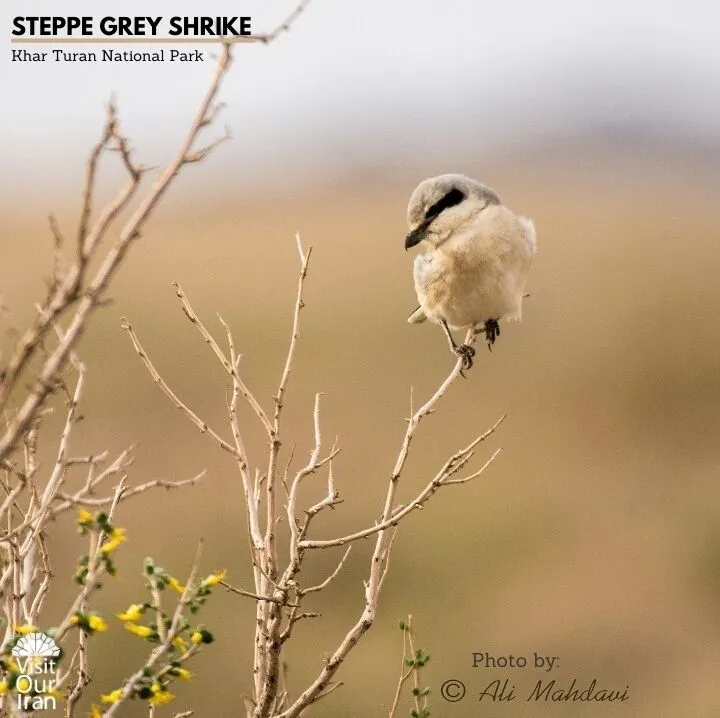
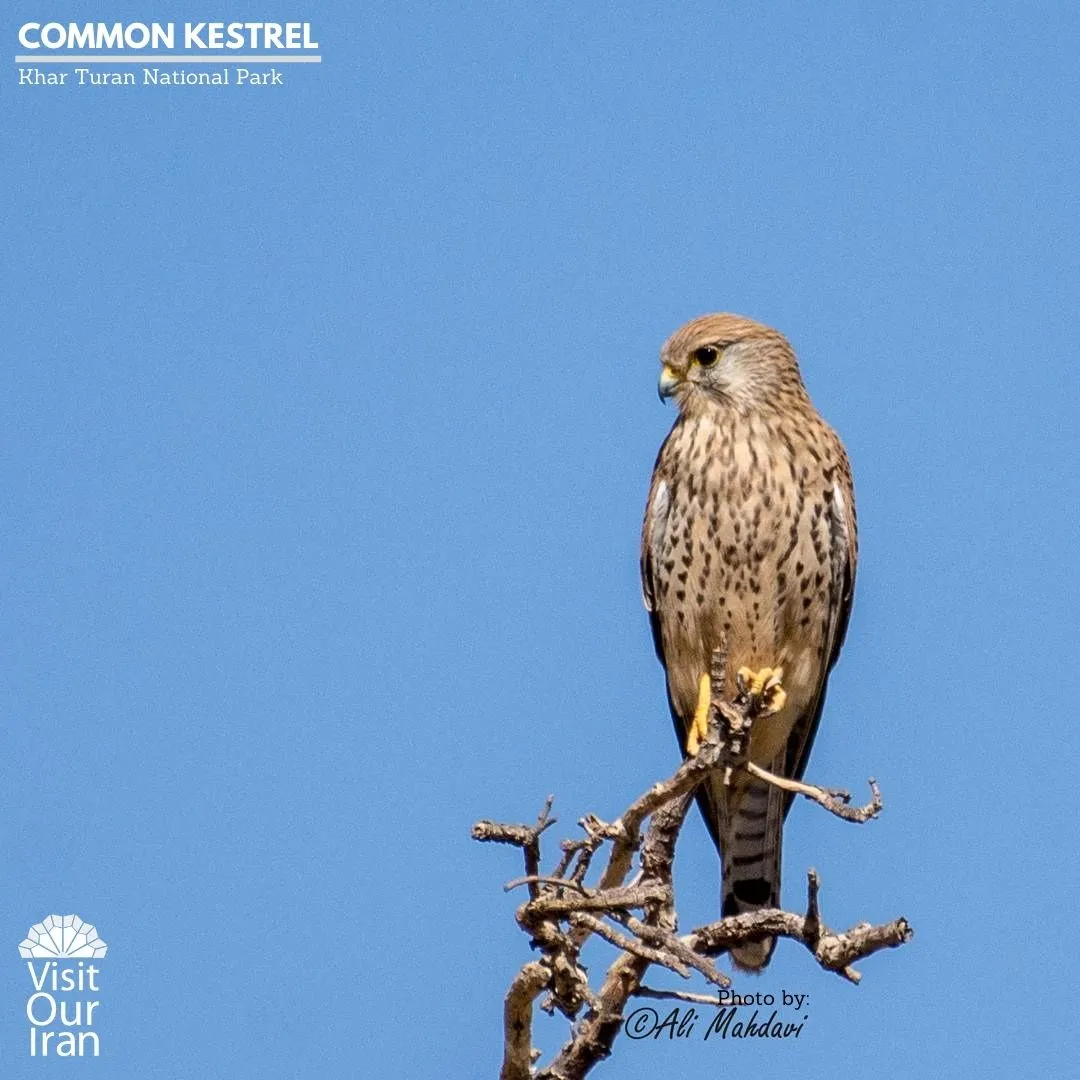
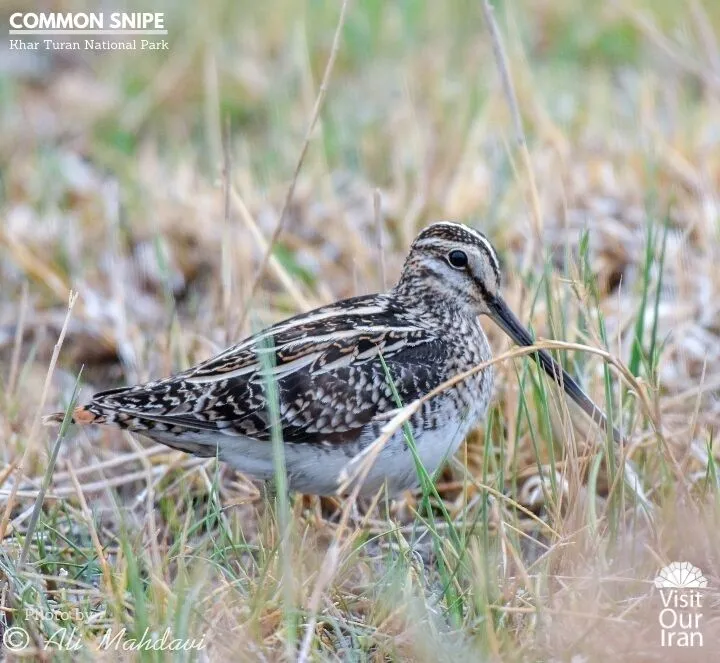
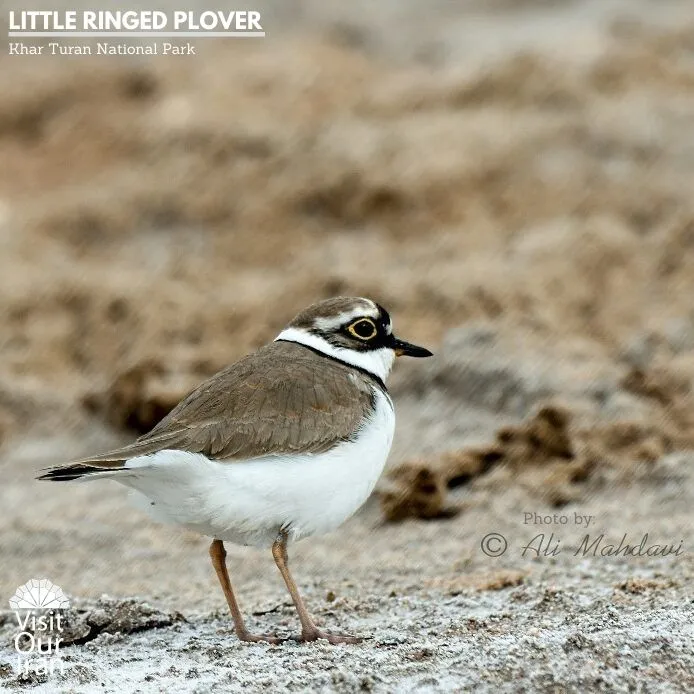
Mother Nature has left some of her mementos even among these barren fields. Persian turpentine trees (wild pistachios), wild almond trees, ghich shrubs, haloxylon and tamarisk small trees, salsolas, milkvetch, and mugworts, are among the various plants synced with the rhythm of this climatic zone. You’ll also discover some places where you might see very old junipers or places where people have planted a few willows and old black mulberries.
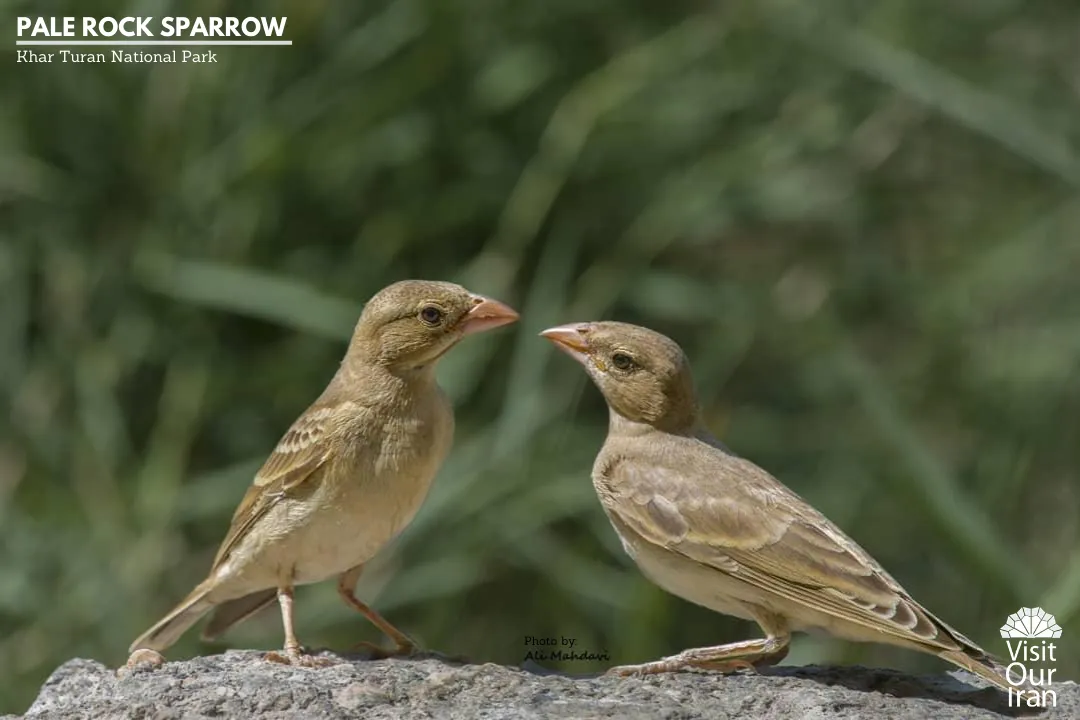
Due to its hot arid climate, the best time to visit Turan National Park is the winter. Even in the winters, the sun might be scorching at noon; but, you will definitely find it amazing when you’re with an expert, especially if you’re a wildlife enthusiast. Moreover, people living in the villages around will surprise you with the warmth they have inherited from this region’s soil and sun. You can either experience a homestay with them, try the eco-lodges, or camp in the protected area and enjoy its starry nights and natural lullabies. Visiting the locals can bring about unforgettable experiences such as breeding silkworms, cultivating pepper, and many cultural traditions.
Join us in our wildlife tours and explore all these beauties and wonders along with the rangers. Hear the voice of nature and its wonderful creatures to build up your own unique memories.
Kavir National Park, the Miracles of the Desert
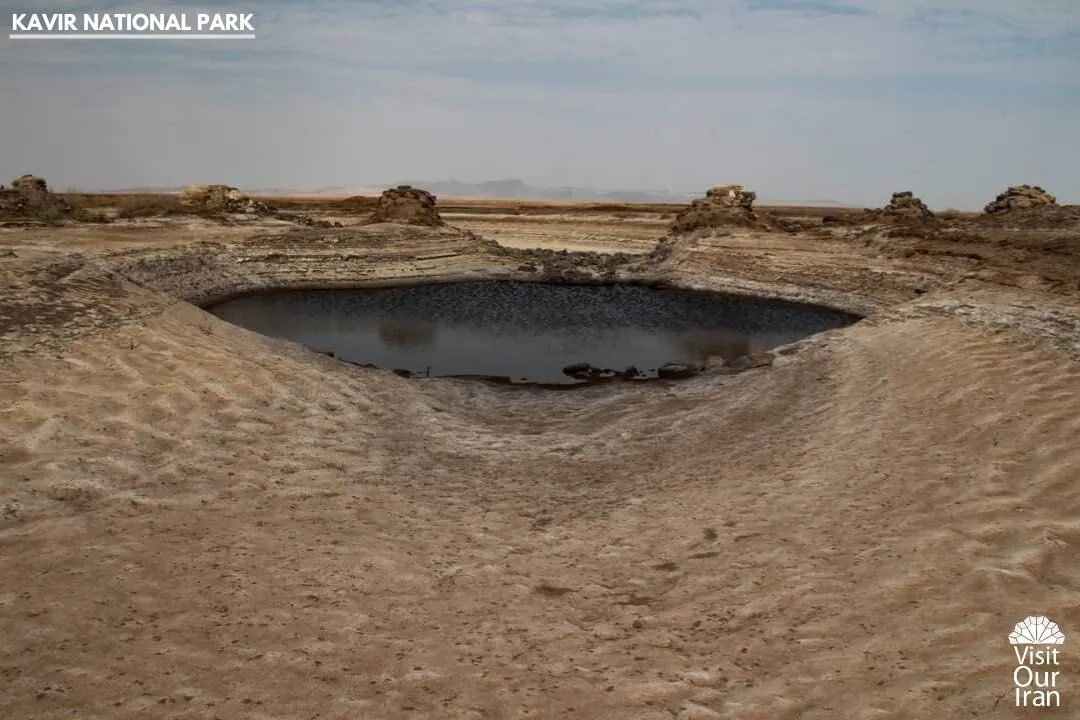
With about 400,000 hectares, Kavir National Park is an ecological zone extending over the boundaries of Semnan, Tehran, Qom, and Isfahan. This beautiful park carries the exact definition of its title. Kavir which is a Farsi word equivalent to desert embodies the environment and the dominant climatic condition in the area. Located on the western side of Dasht-e Kavir, this protected area is a clear representation of life and its miracles appearing in such hot and arid places; it unravels the complexity of the desert’s beautiful stories. A great part of the park is covered with a white salt marsh called Namak lake which creates scenic landscapes under the rays of the sun. The water flowing into this salt lake is home to a great number of migratory birds in the winter and comes from Qom river, one of the few rivers that crosses the desertland of Iran.
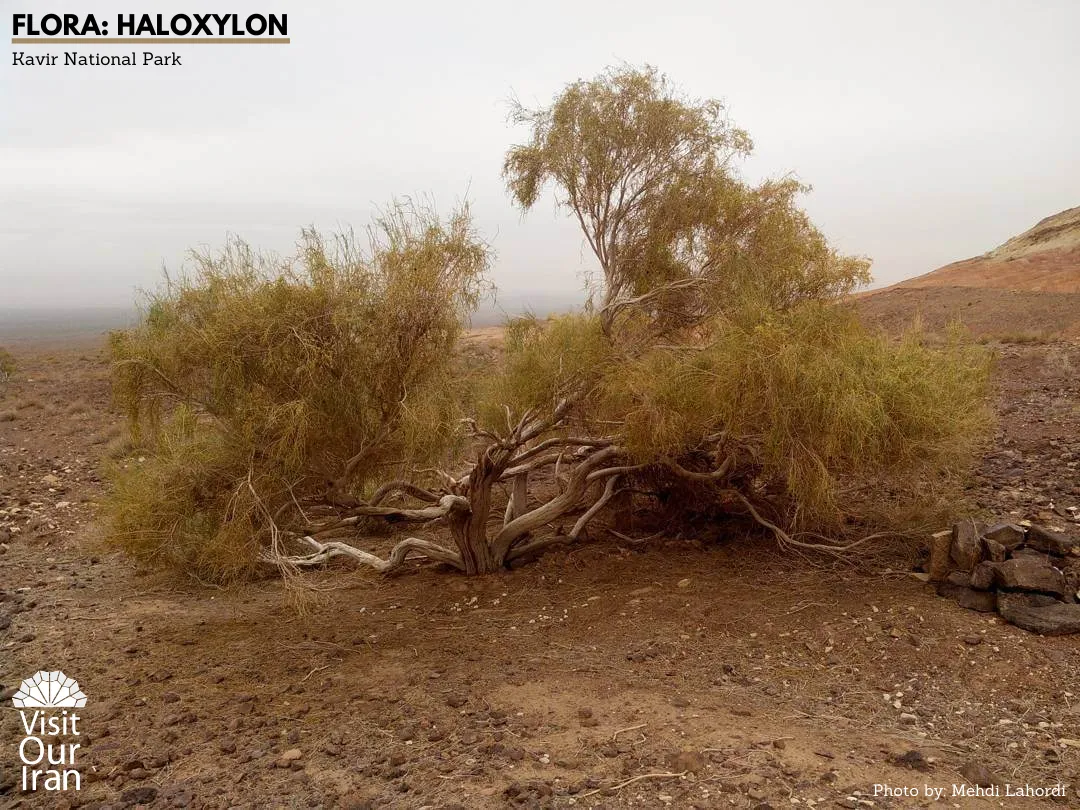
The whole area includes steppes, stark landscapes, and deserts. Its brown-colored ground is covered with desert scrub, halophyte plants, and thorny bushes in most parts. Tamarisks, wormwoods, Russian box thorns, cotoneaster, wild almond, and pistachios also grow at the foothills near small water springs. Still, we are fortunate to feel the essence of nature hidden in this precious habitat since it has been one of the less affected areas by human involvement. Its water is salty, but there are other springs in different spots of the park to support the wildlife.
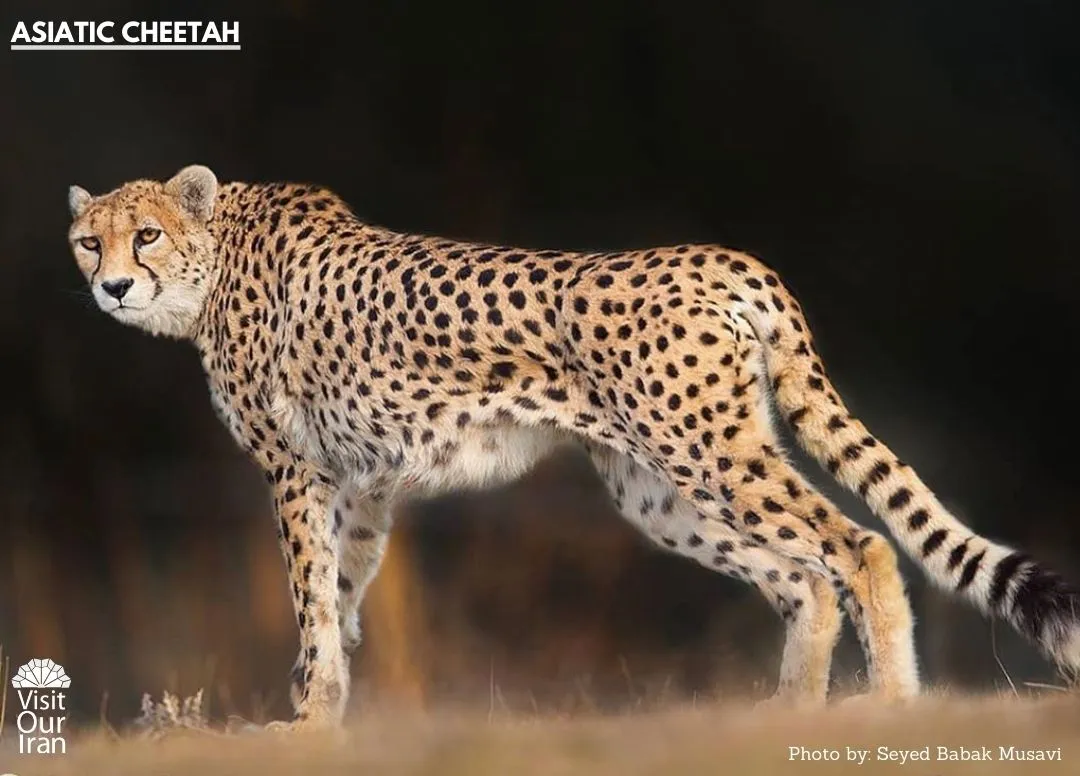
Within its stunning vegetation, this National Park has been home to the largest population of jebeer (or Indian) gazelles and particular species such as cat-like carnivore, Asiatic cheetah, grey wolf, striped hyena, Persian leopard, red fox, goat, and ram. Moreover, Persian onagers have been introduced to this exceptional environment recently. Caracals and sand cats are one of the precious charms of the park.
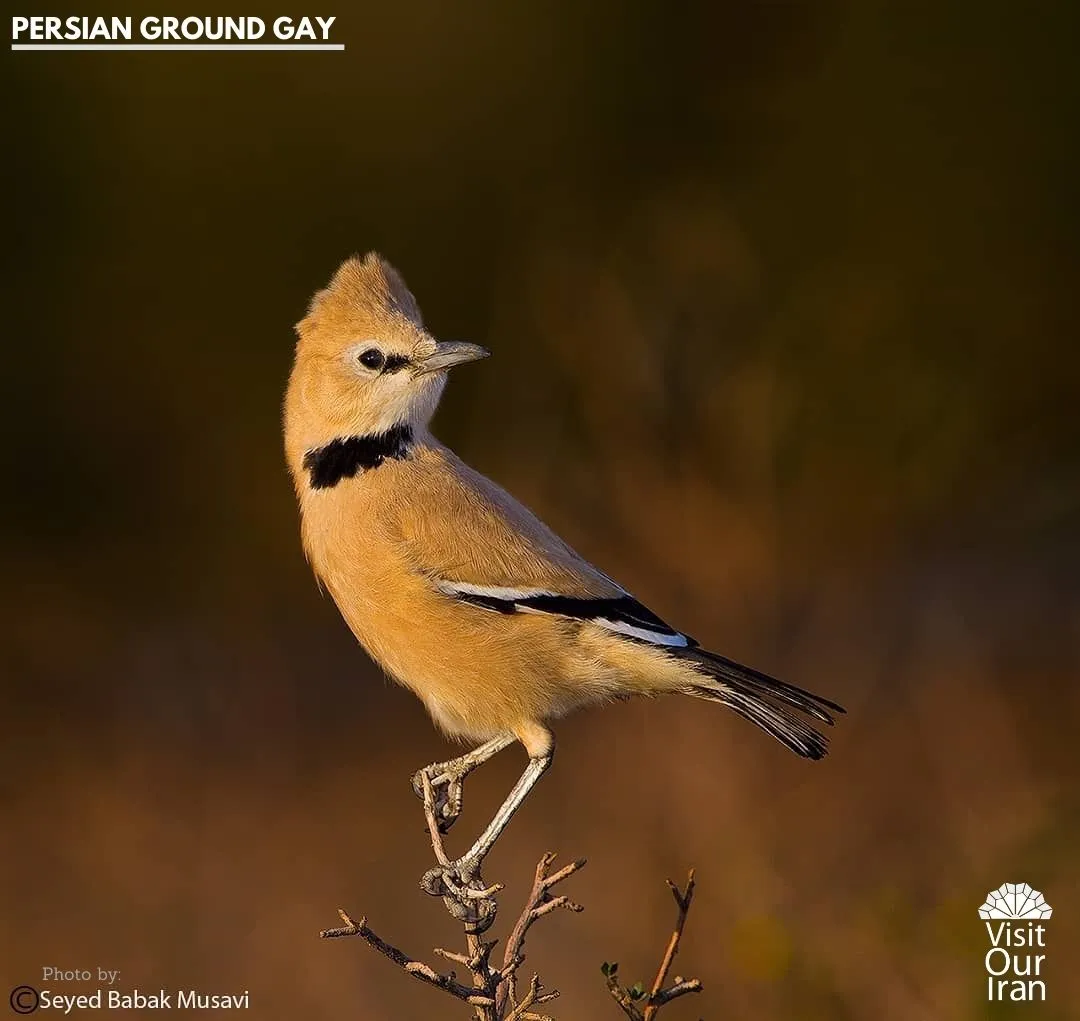
In your safari along Kavir National Park, prey birds such as golden eagles, common buzzards, barbary falcons, and common kestrels are visible in the sky above. The endemic bird of Iran, Iranian ground jays, see-see partridges, bustards, sparrows, fiches, swallows, and larks are among other birds you might see sitting on the top of a shrub or walking on the sandy dry ground.
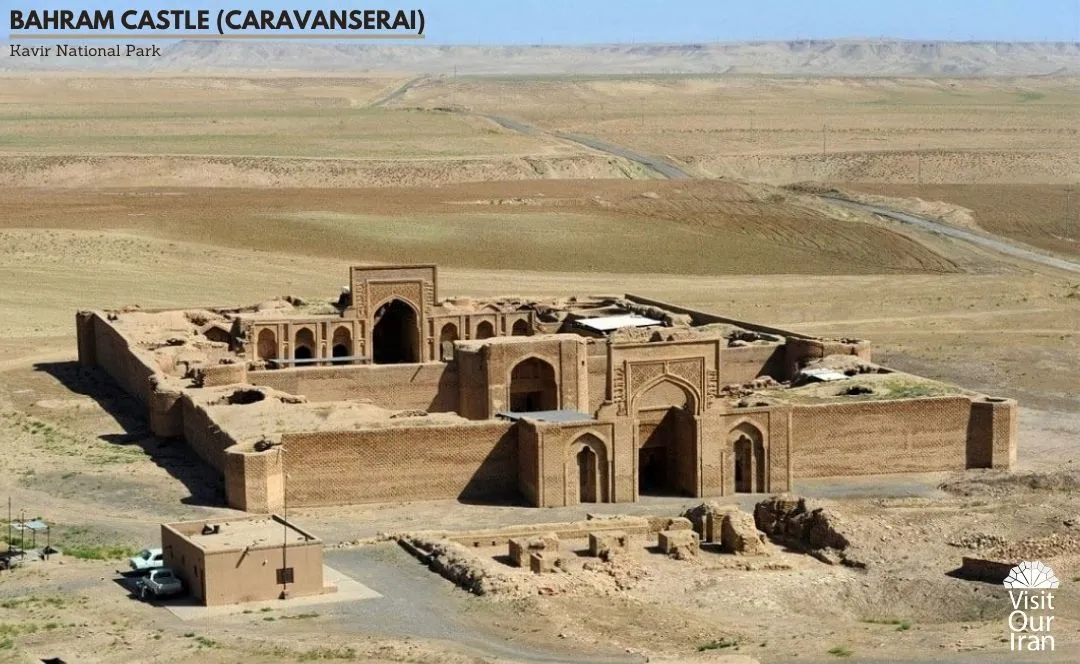
Due to its climate, late autumn is the best time to visit the Kavir National Park. Caravanserais are among the great man-made attractions within the wild frontiers of Kavir National Park. Being both a historical trace of time and a cultural guesthouse, caravanserais like Ghasr-e Bahram and Sefidab are worth a visit; you can also stay the night in its ecolodge and gaze at the stars over the endless dark land of the desert.
Homestay with locals in the nearest villages is another option for you to consider. You should also be very considerate to take all the necessary stuff with you while you’re planning to visit the deserts. Taking a local expert with you who knows the desert and its roads would be best. And here goes the last tip: do not miss the Zolamat Valley (Tang-e Zolamat) and its stunning pathway among high rock cliffs. Gazing at the stars of the night and trying to touch the spirit of the night would be the best thing after a long adventure among these mysterious cliffs.
